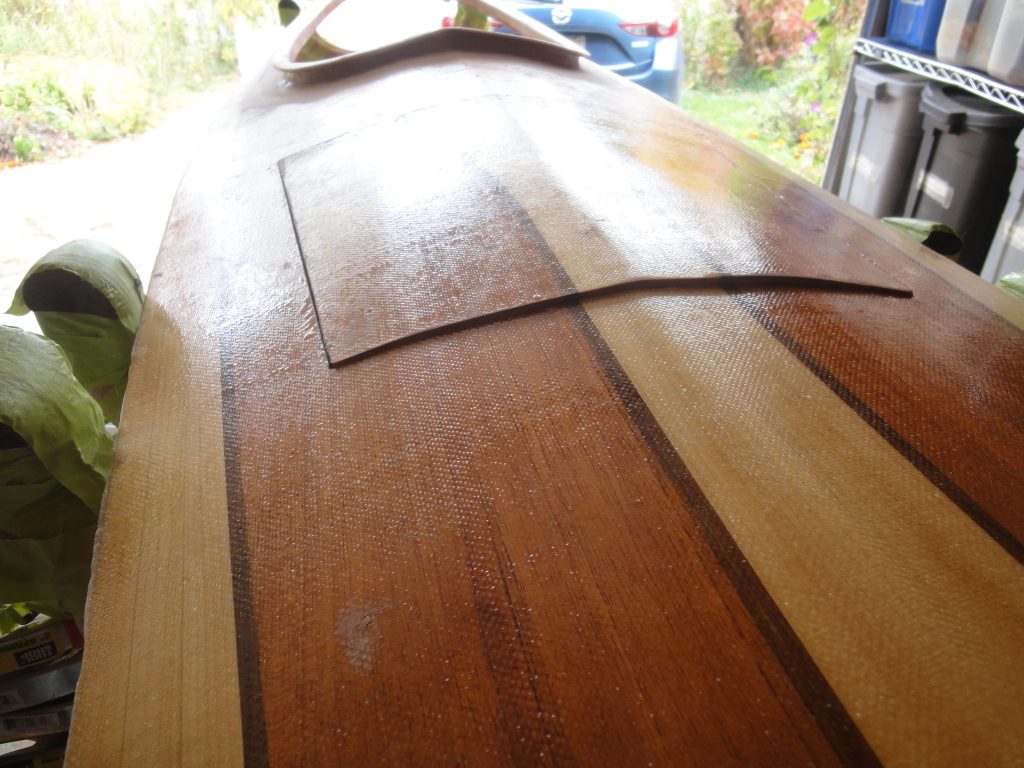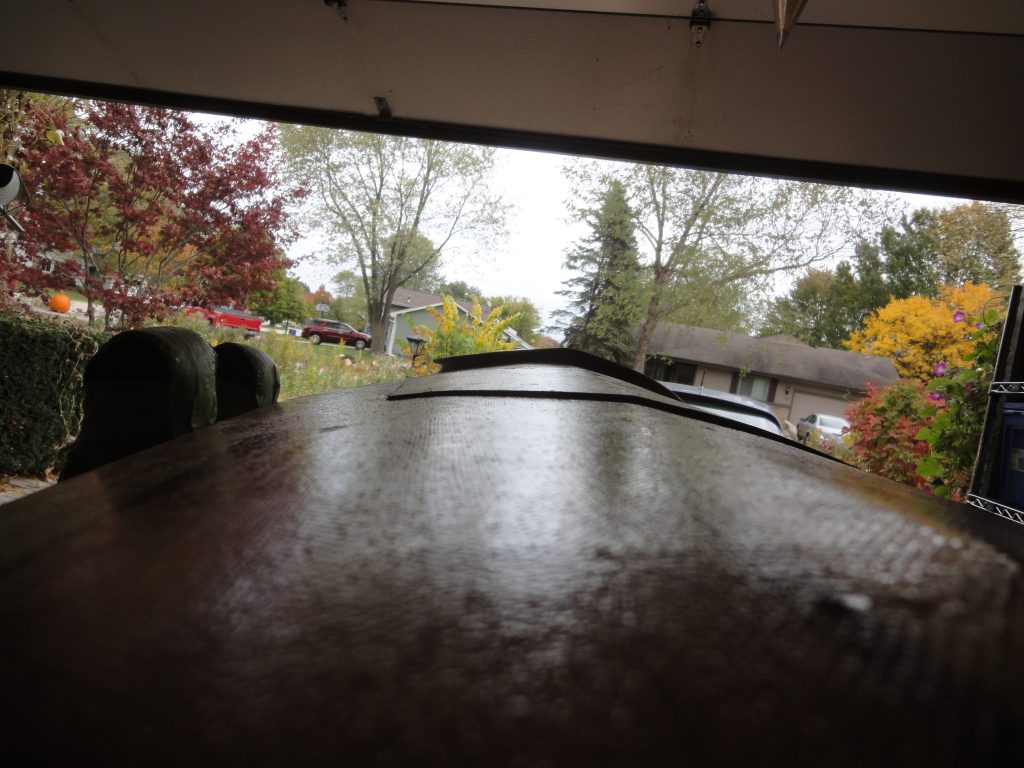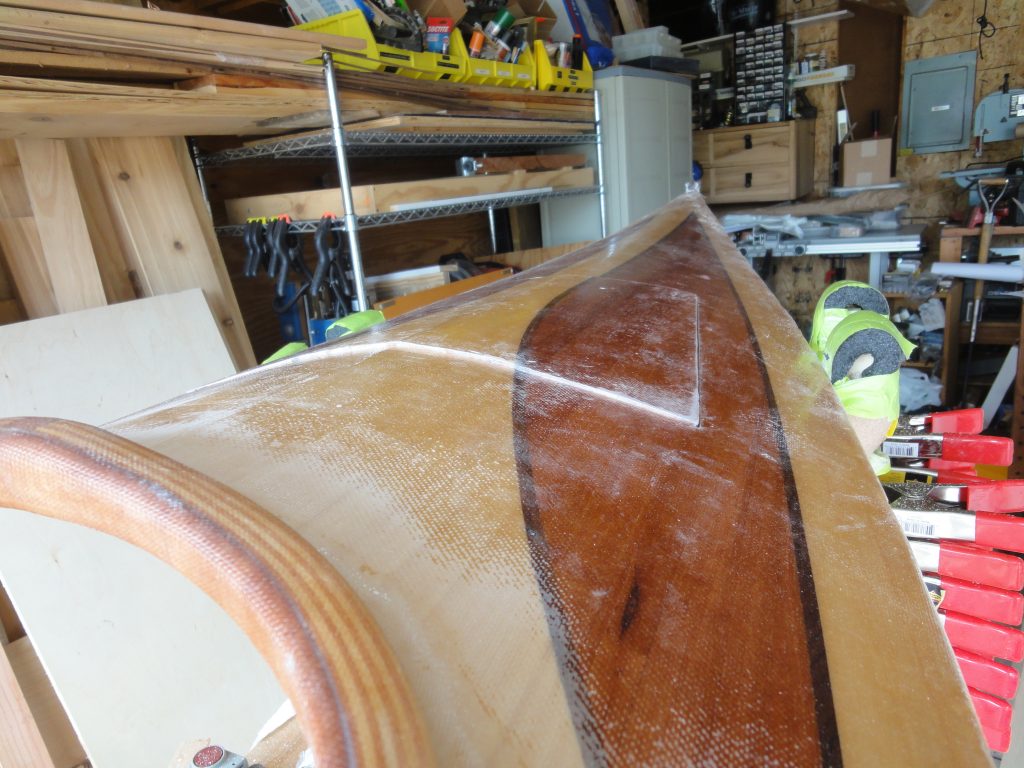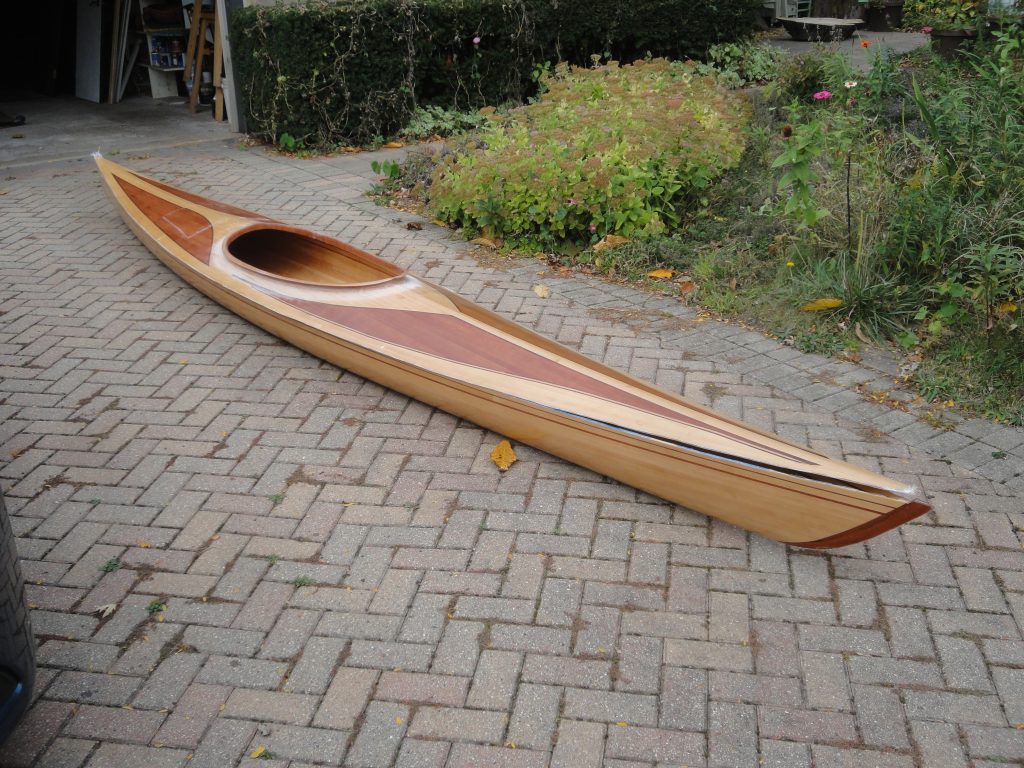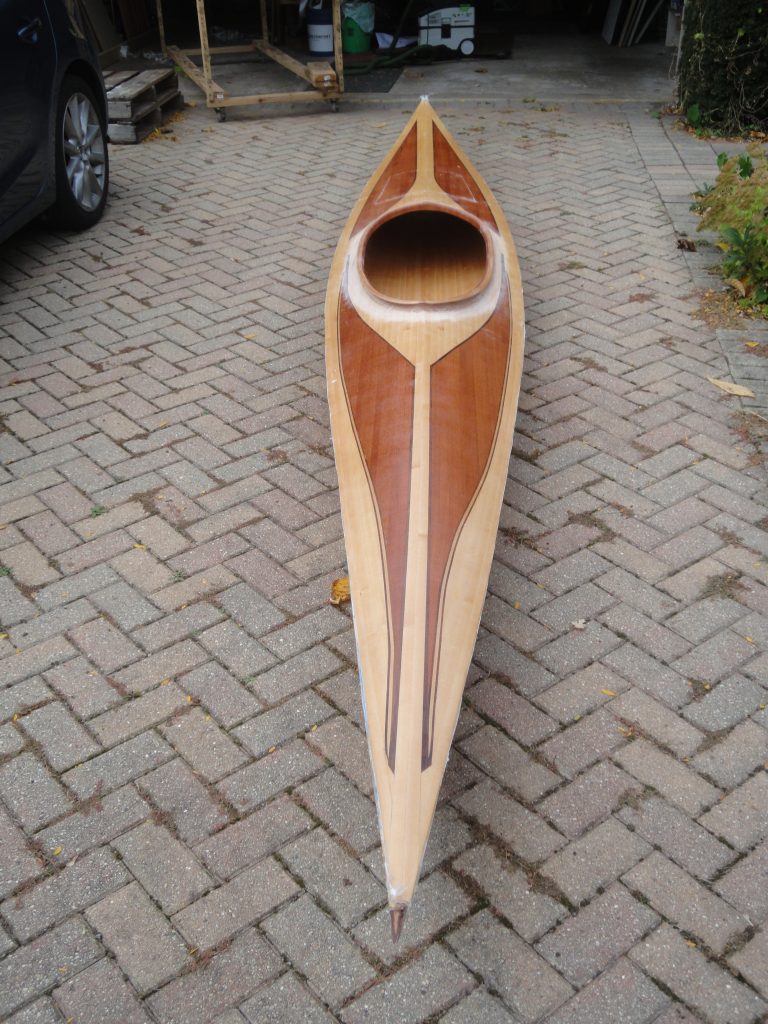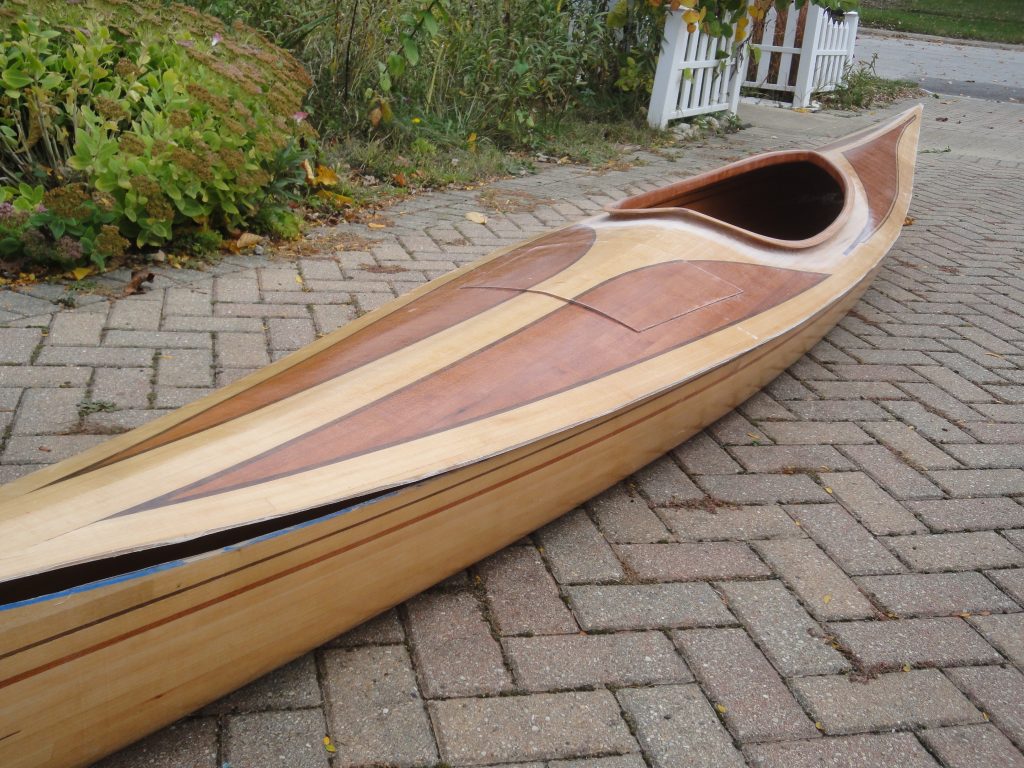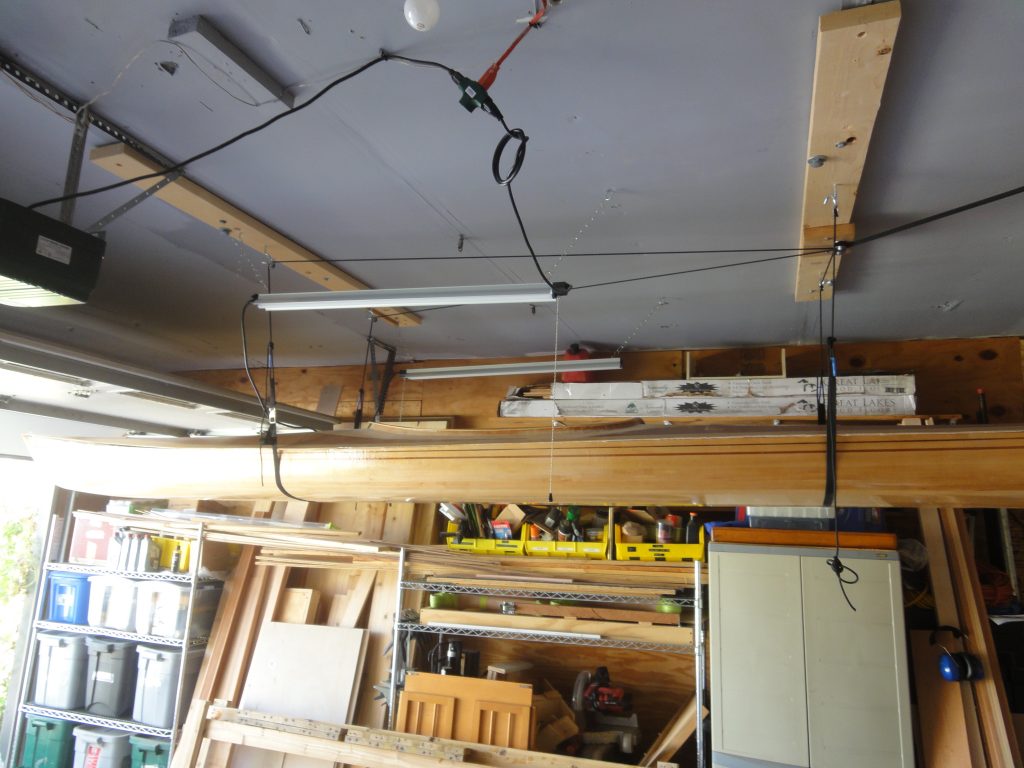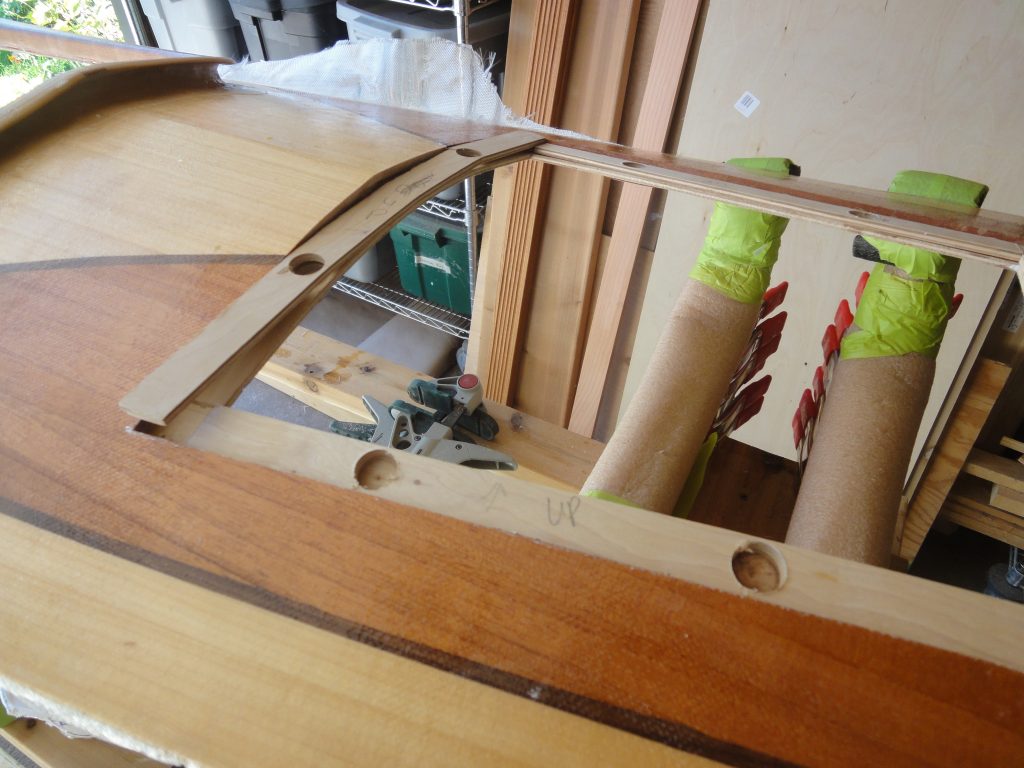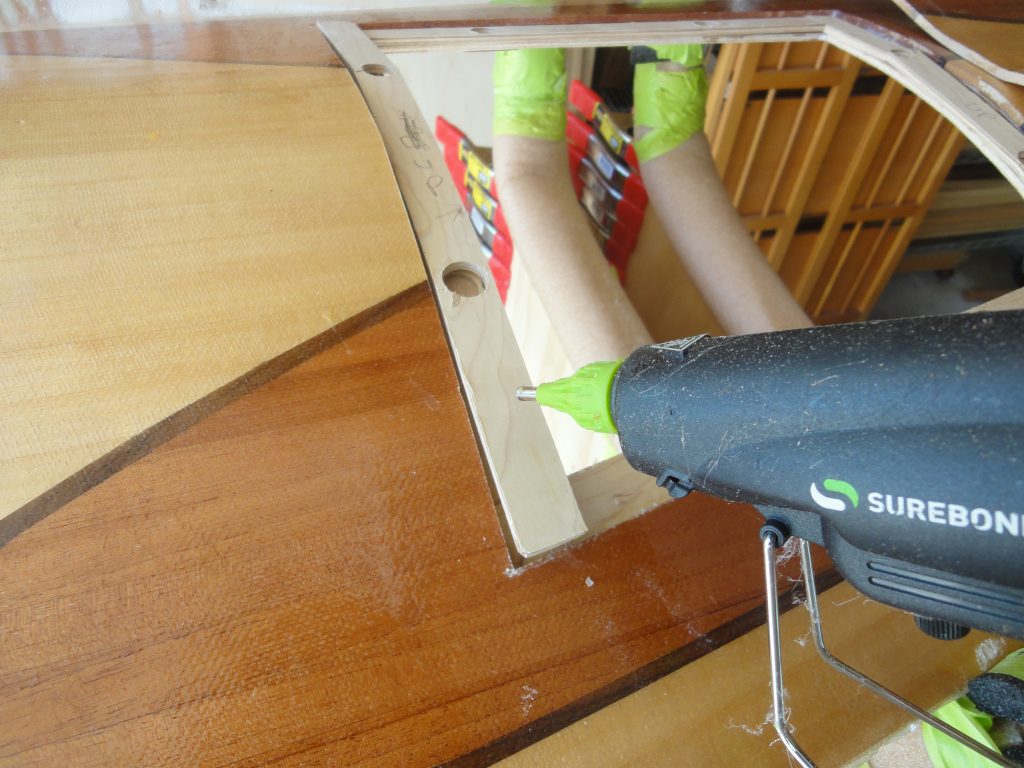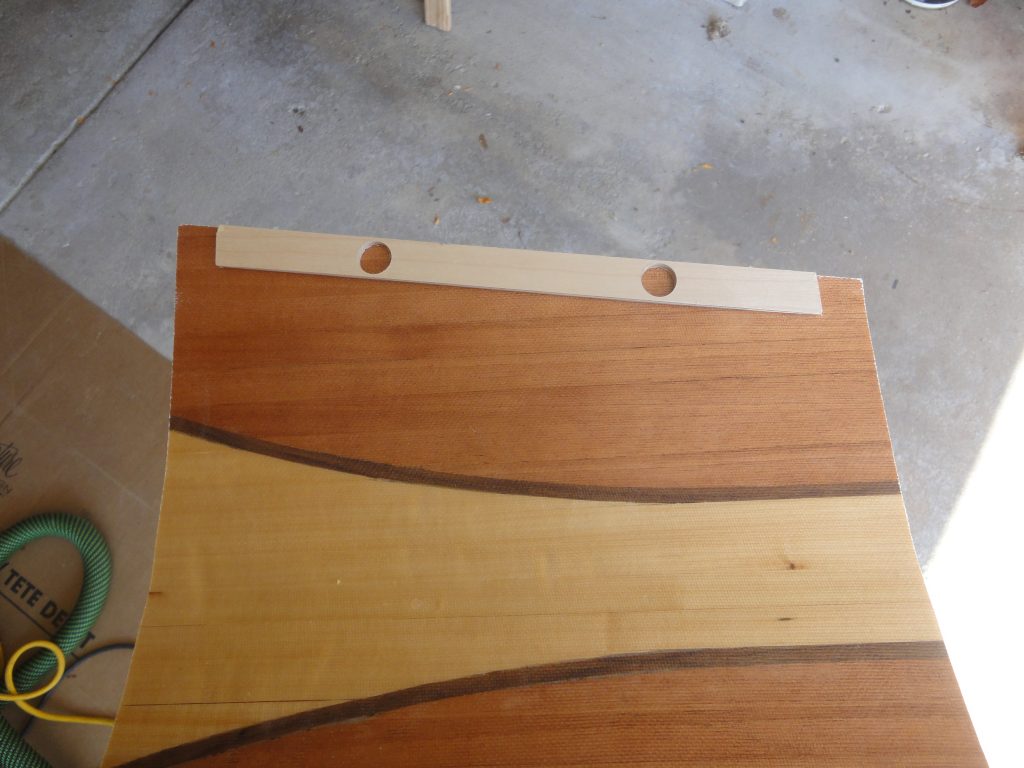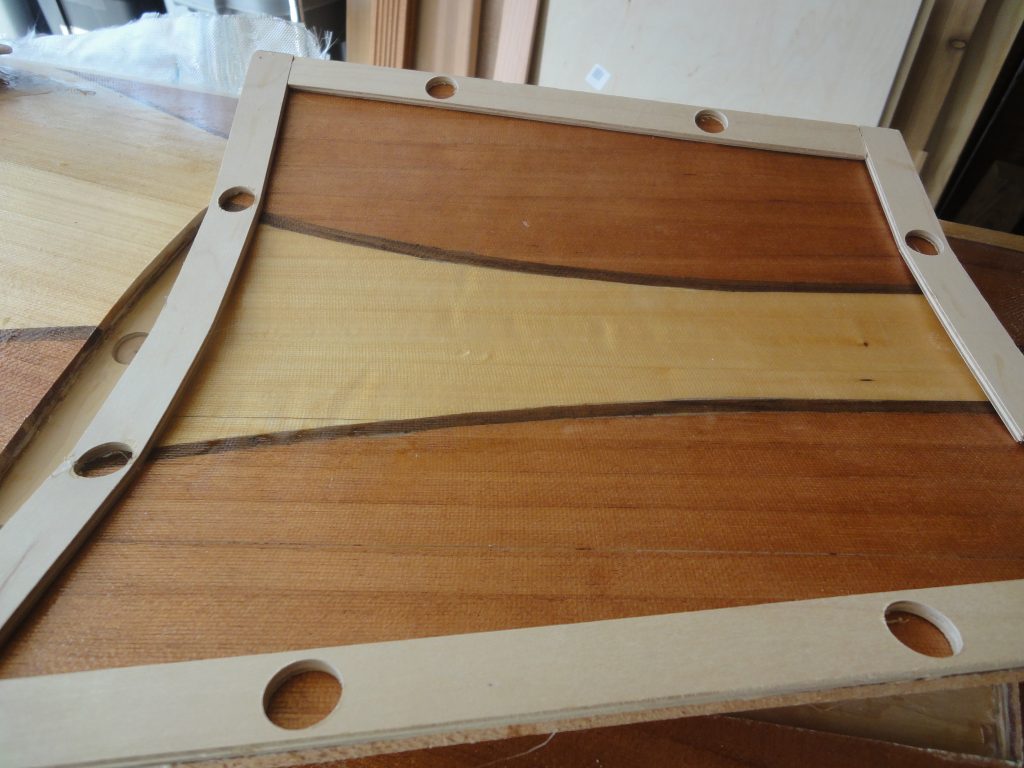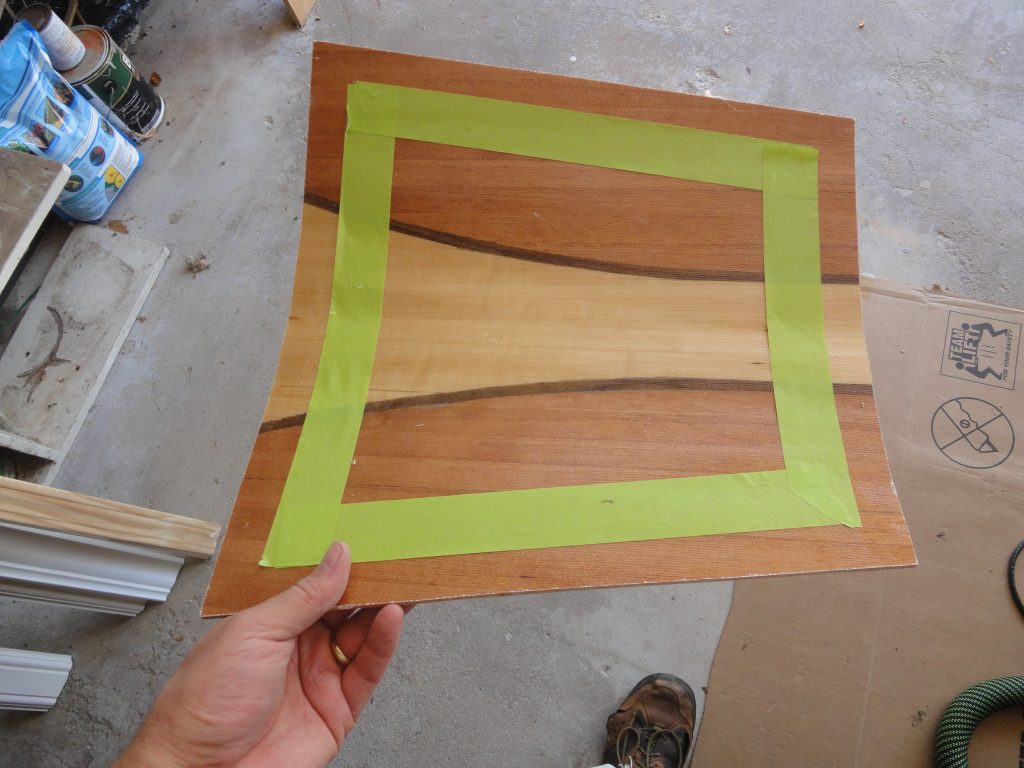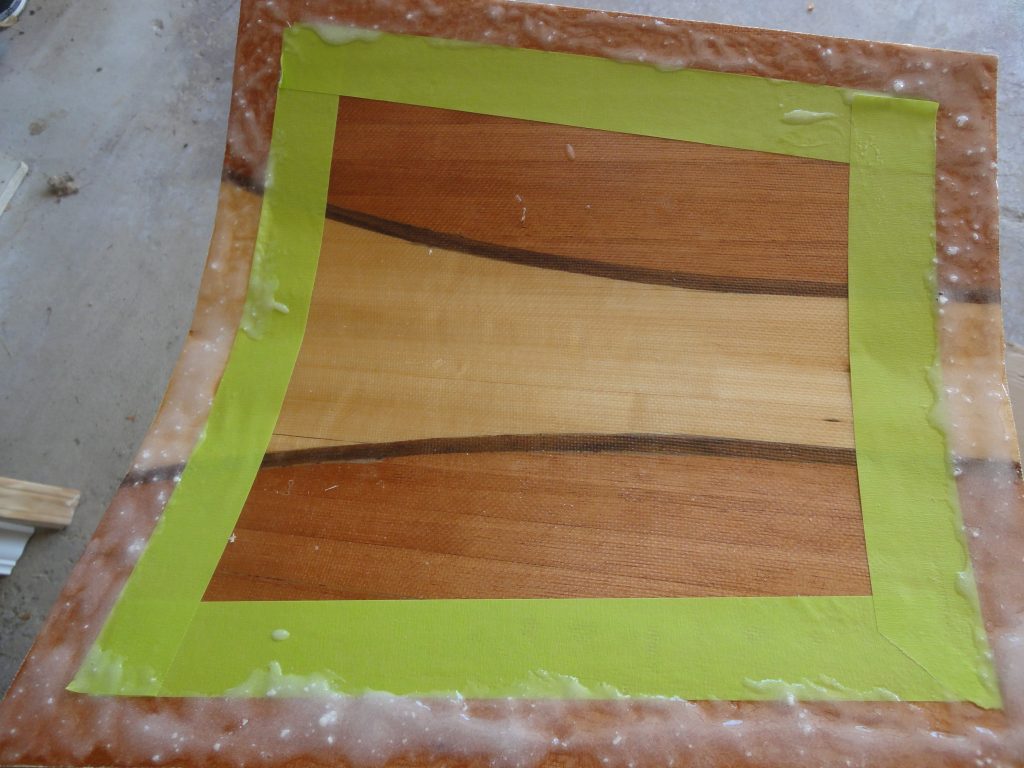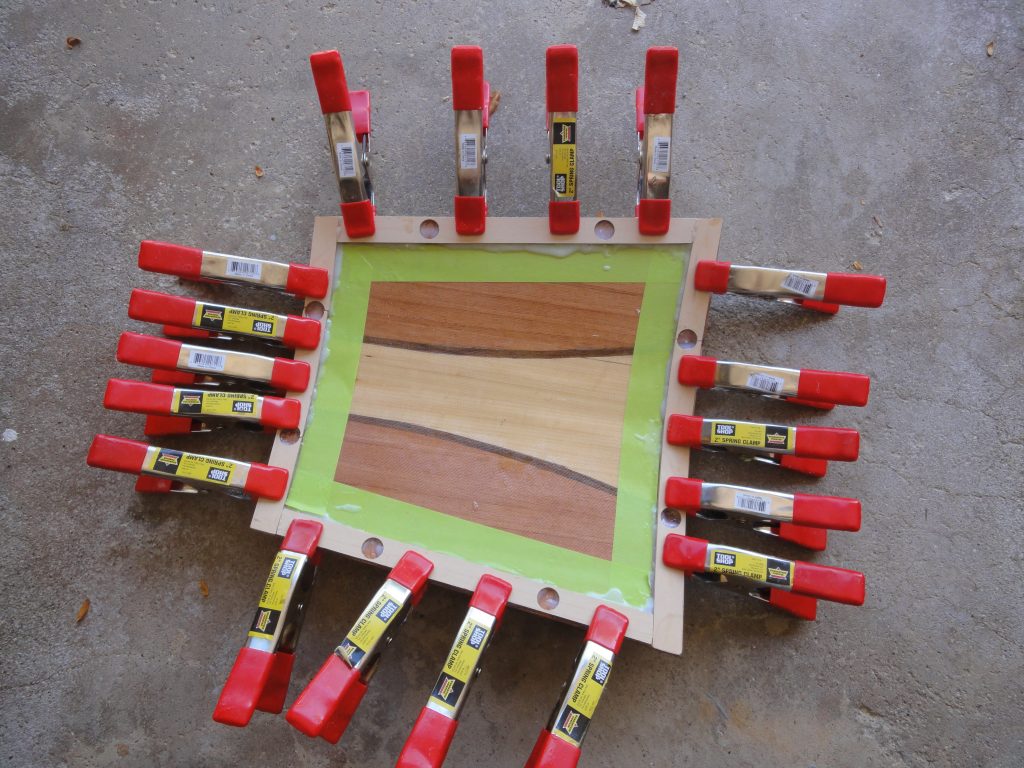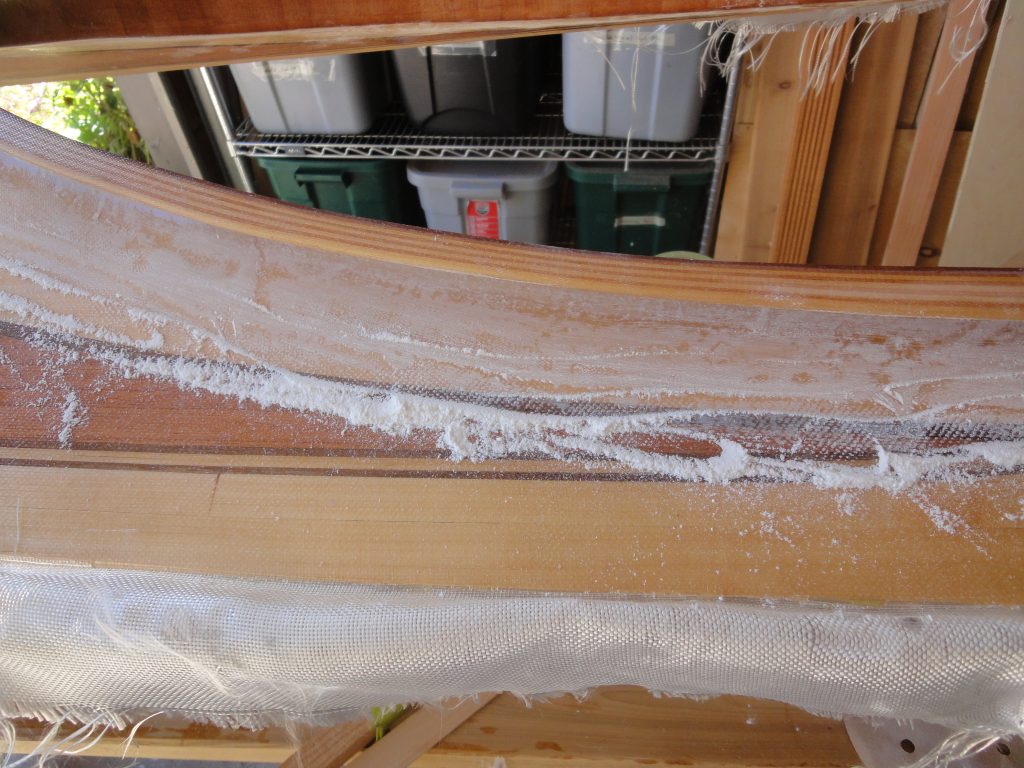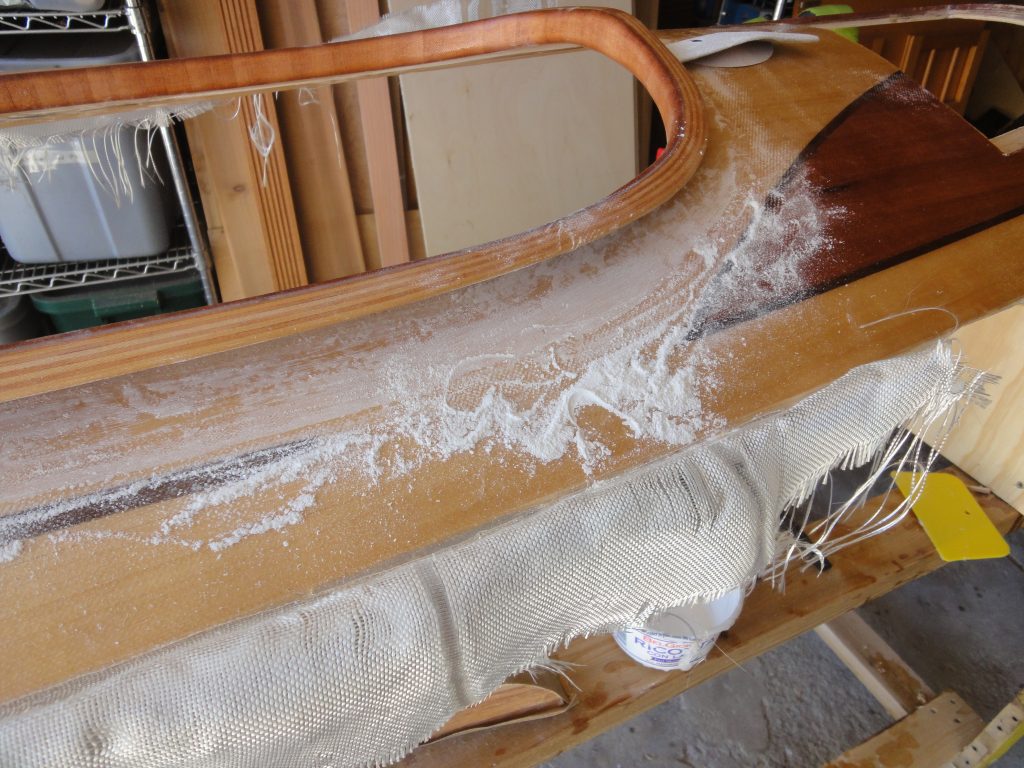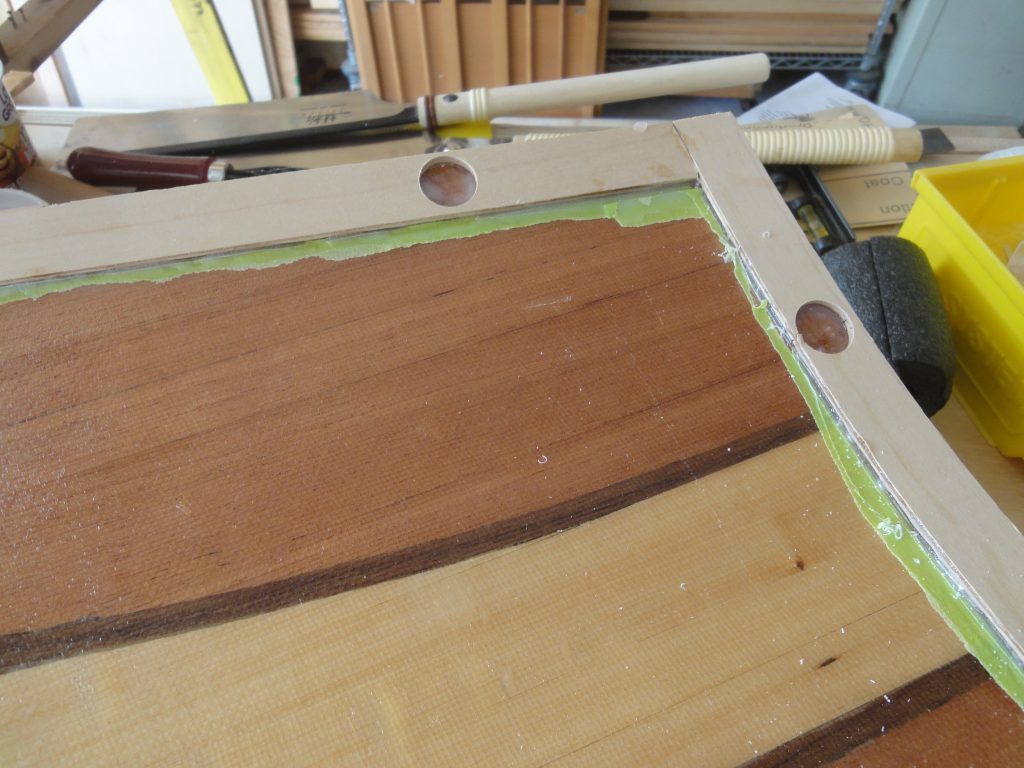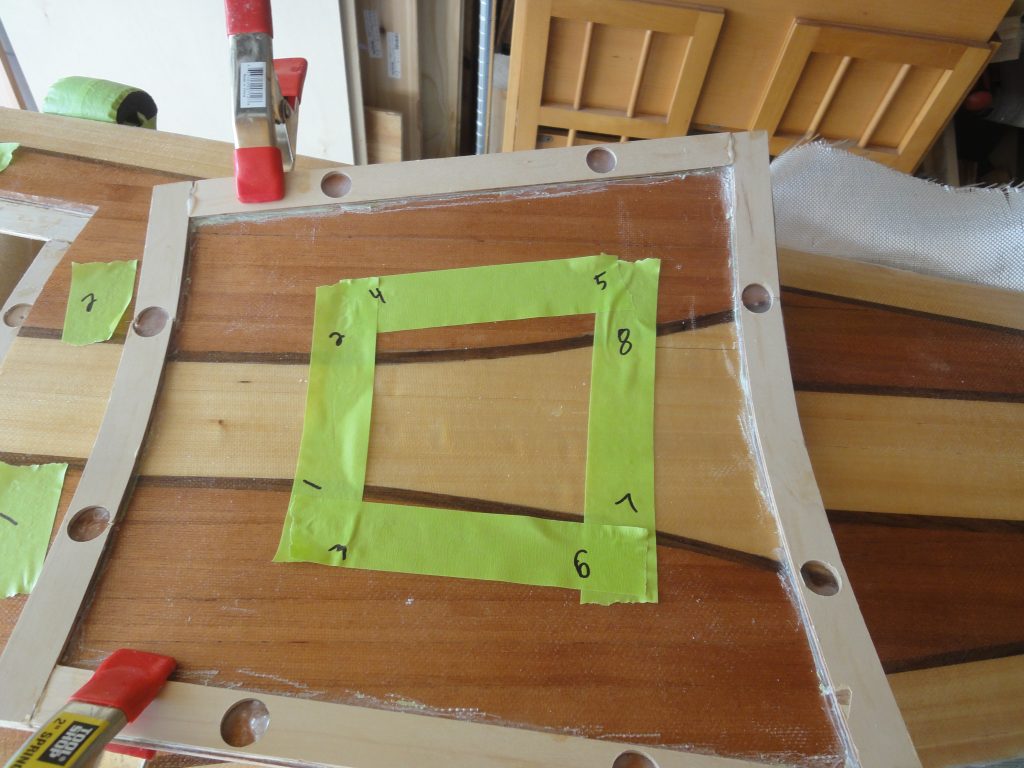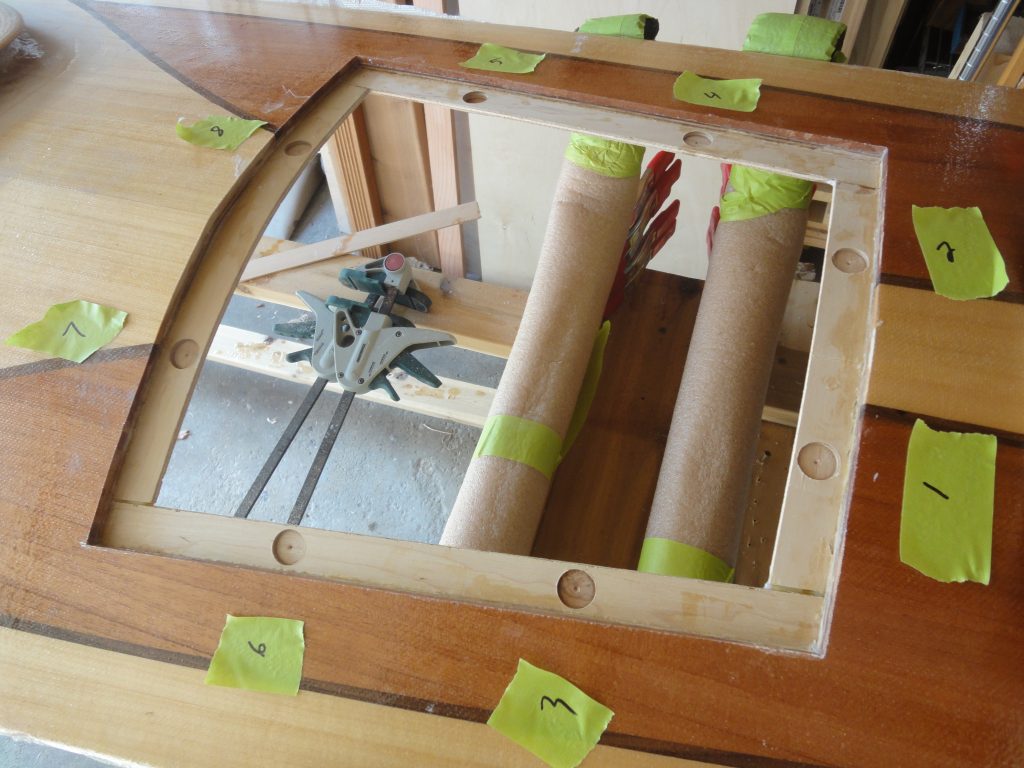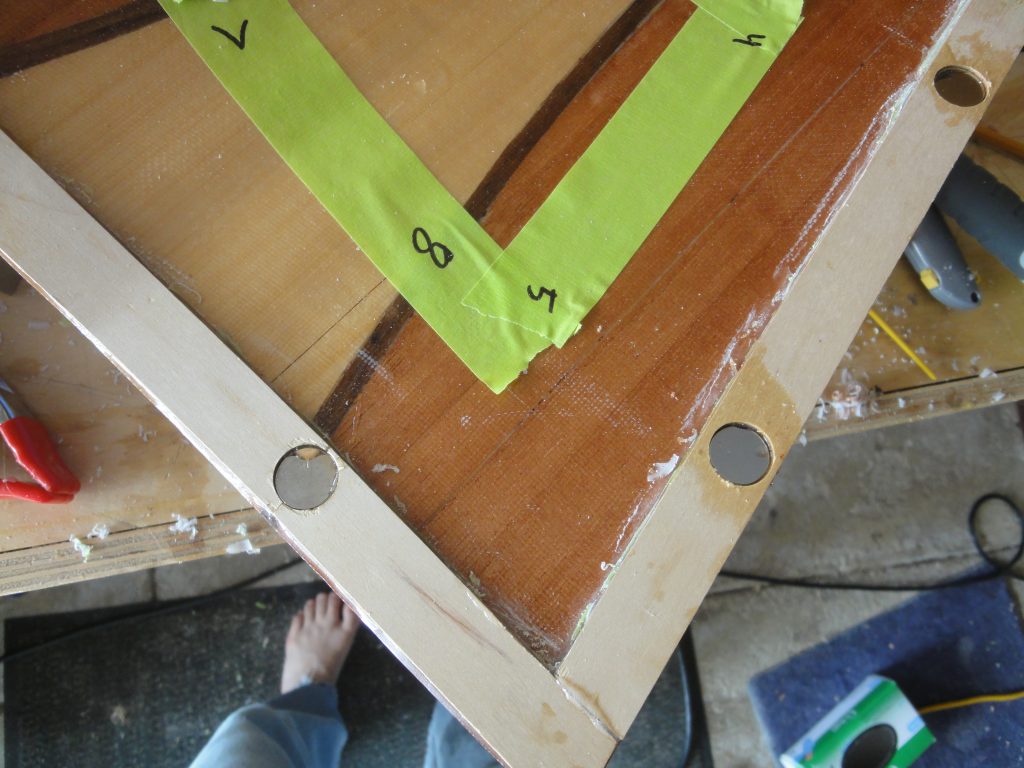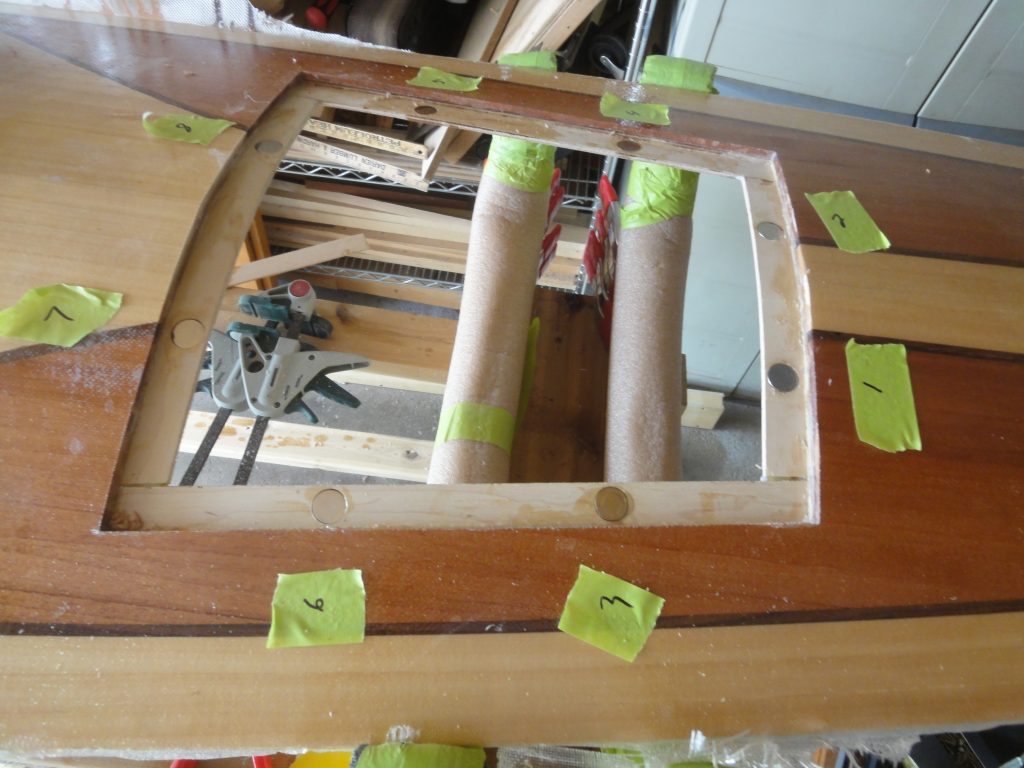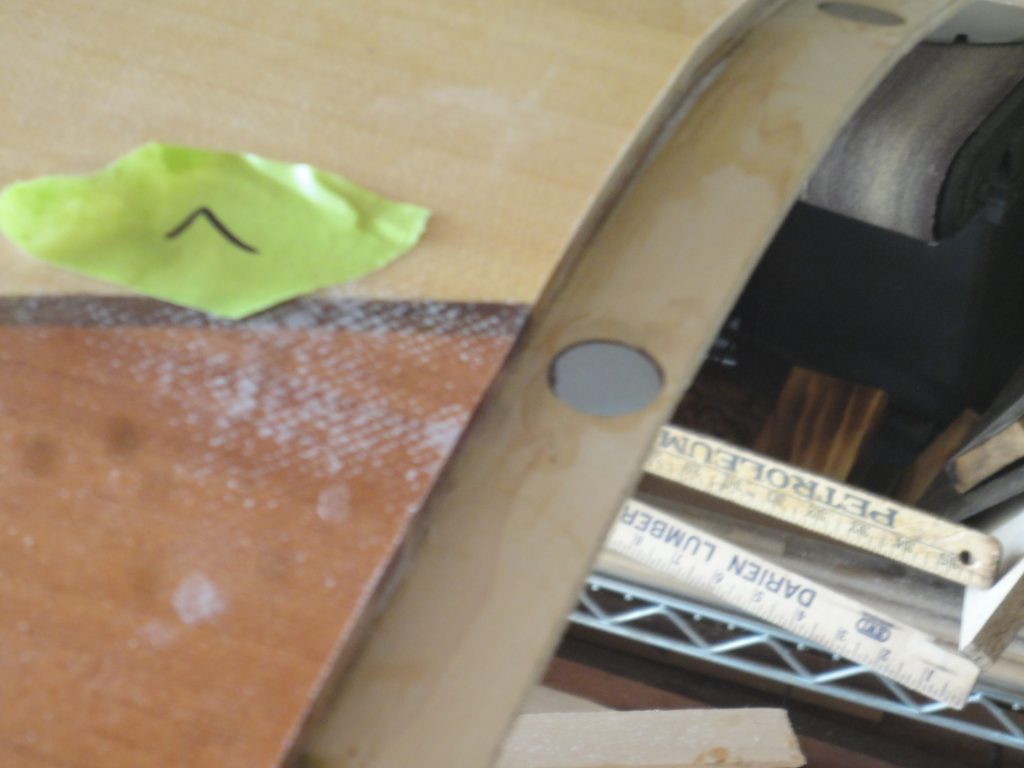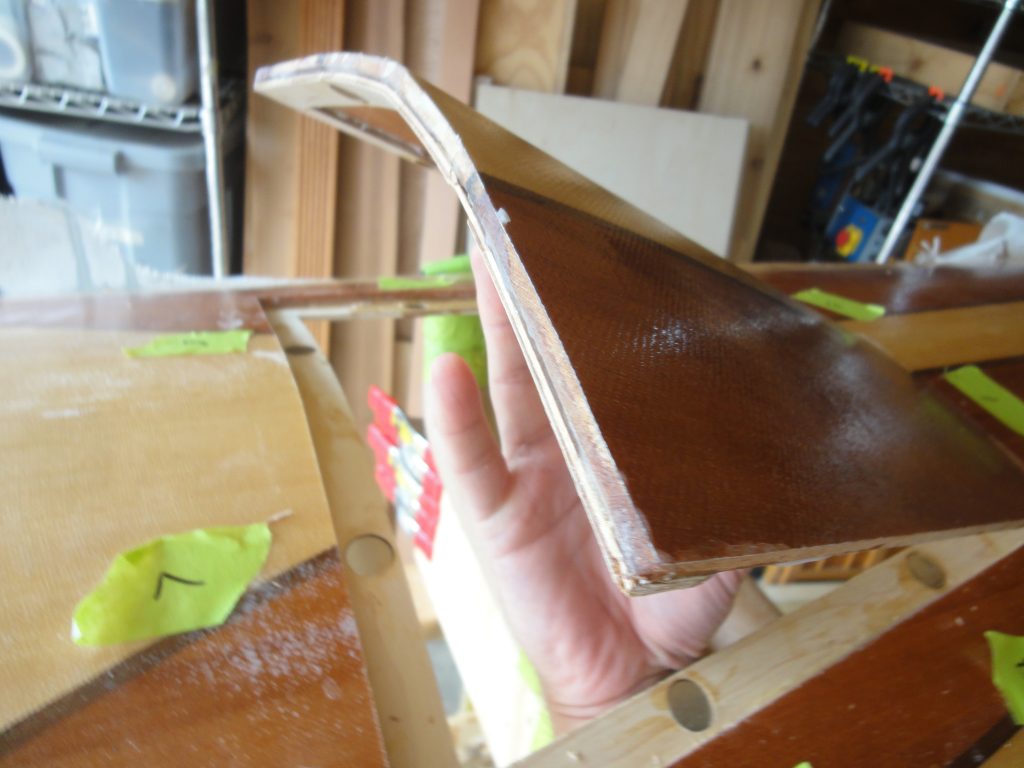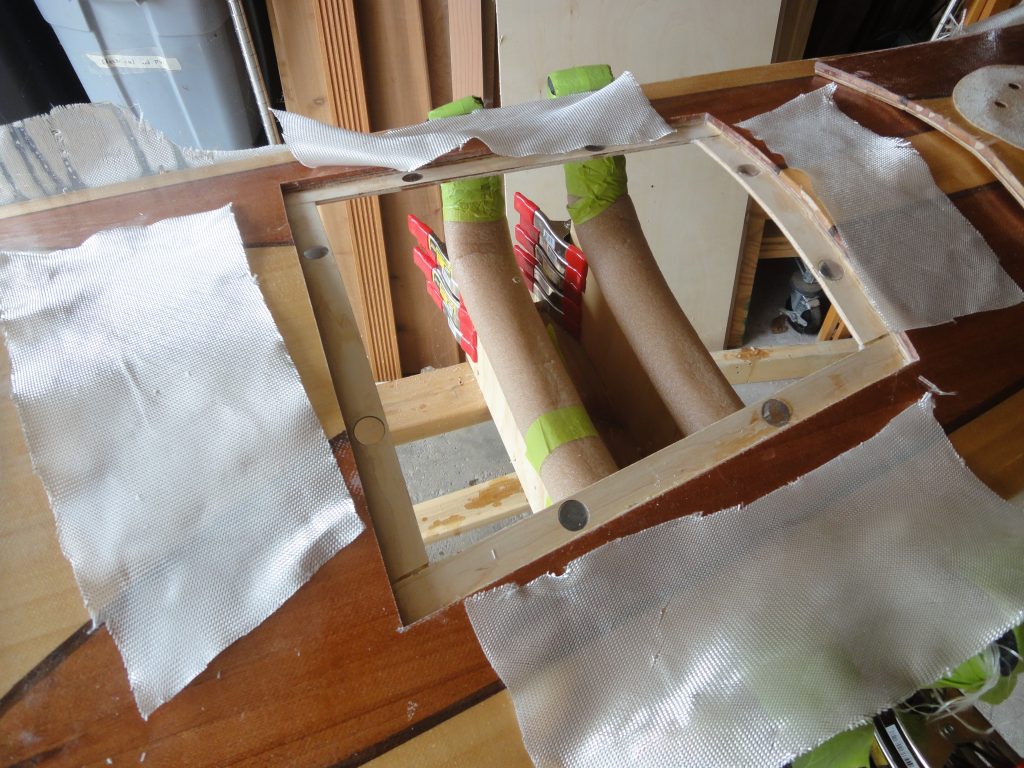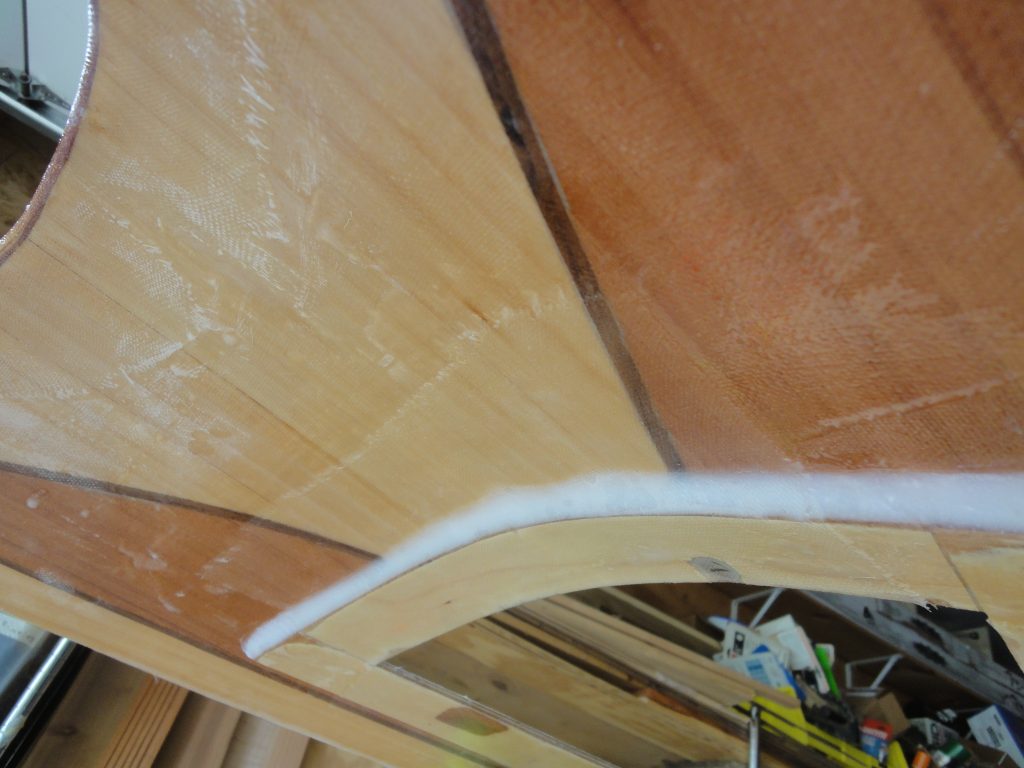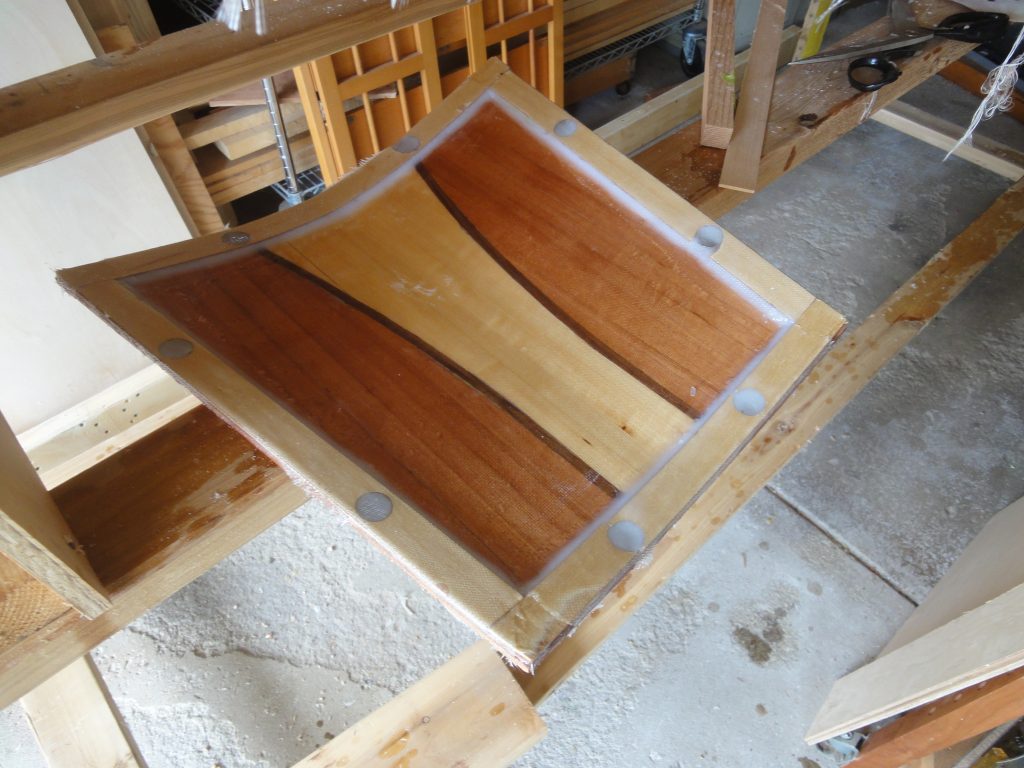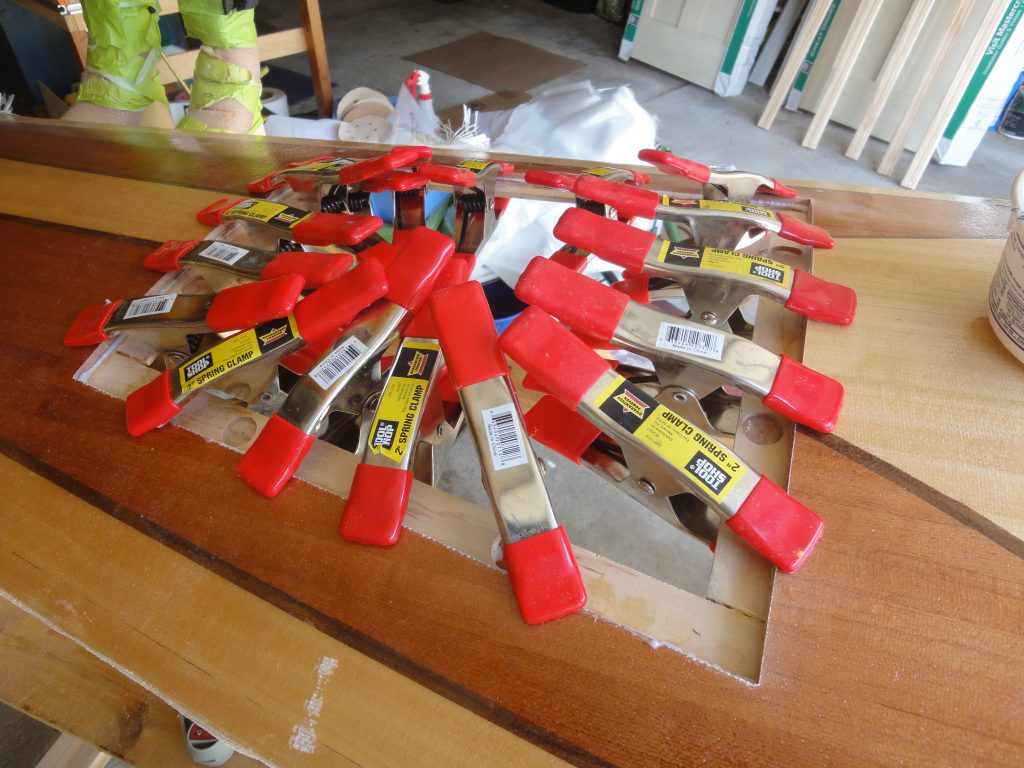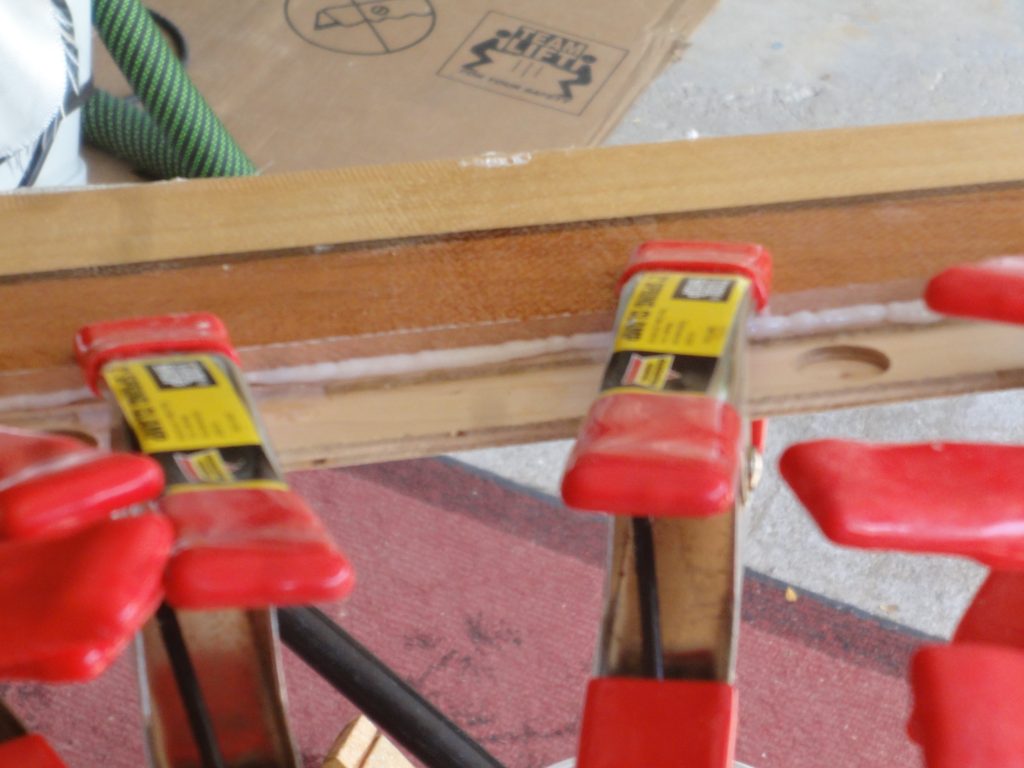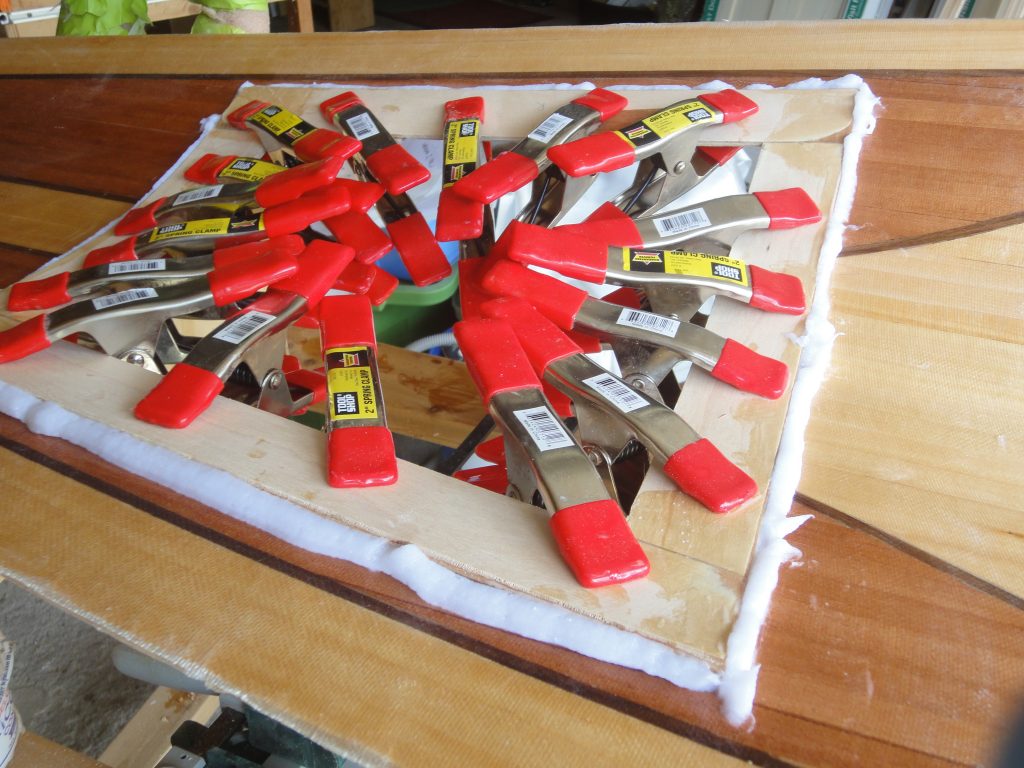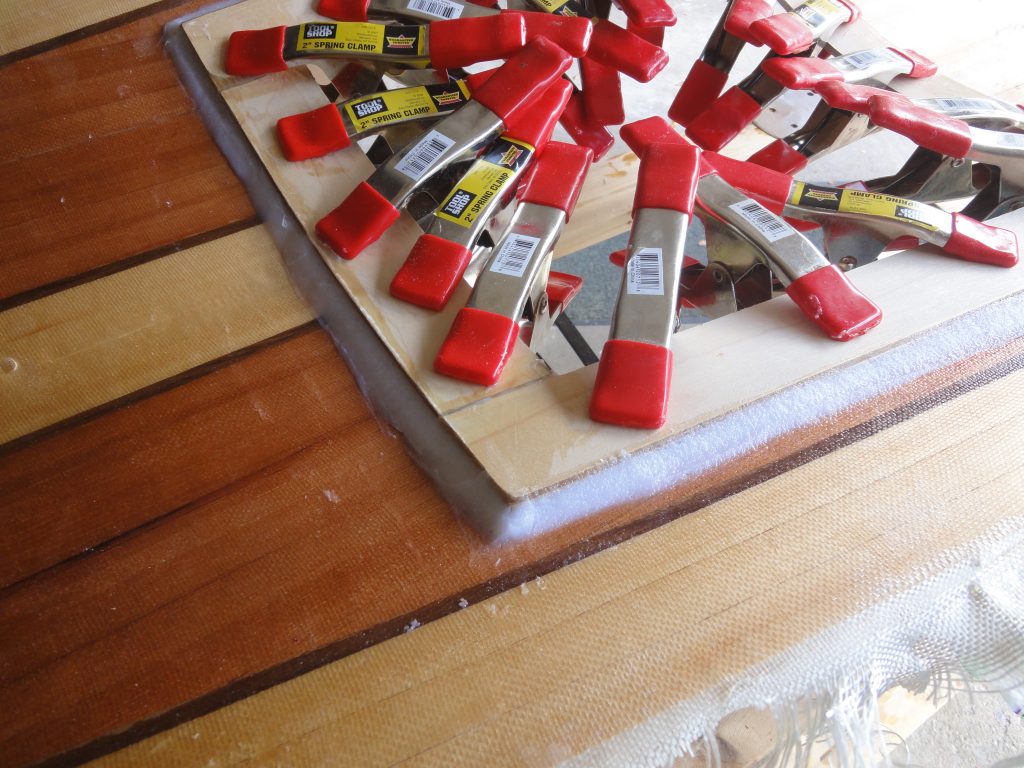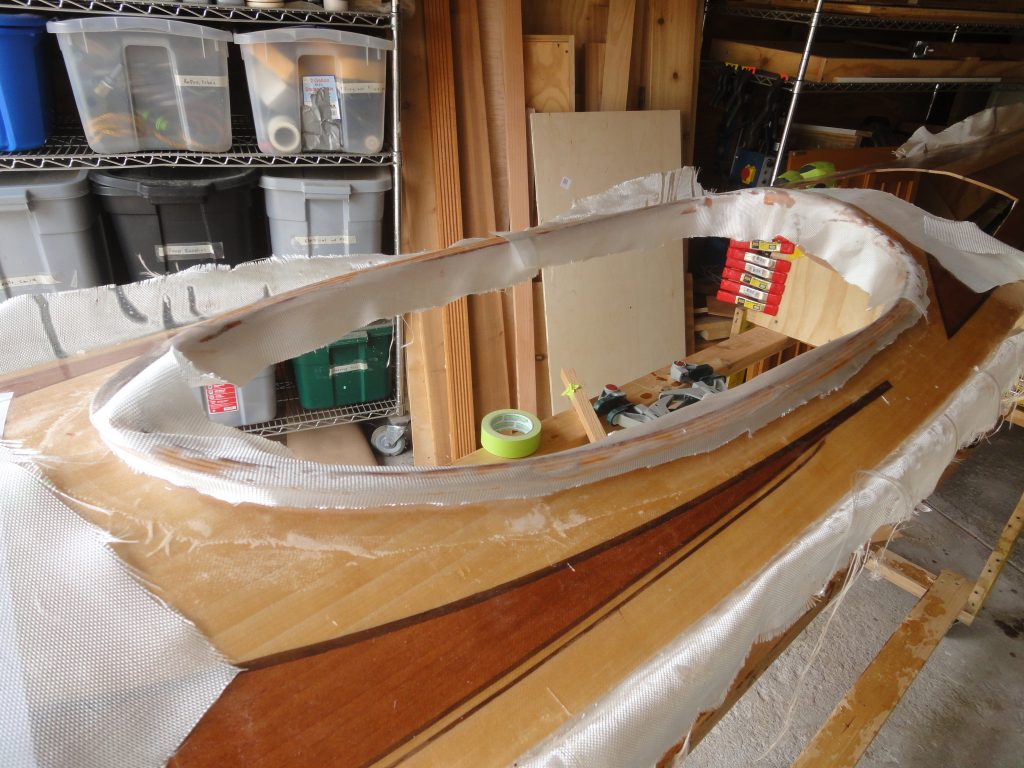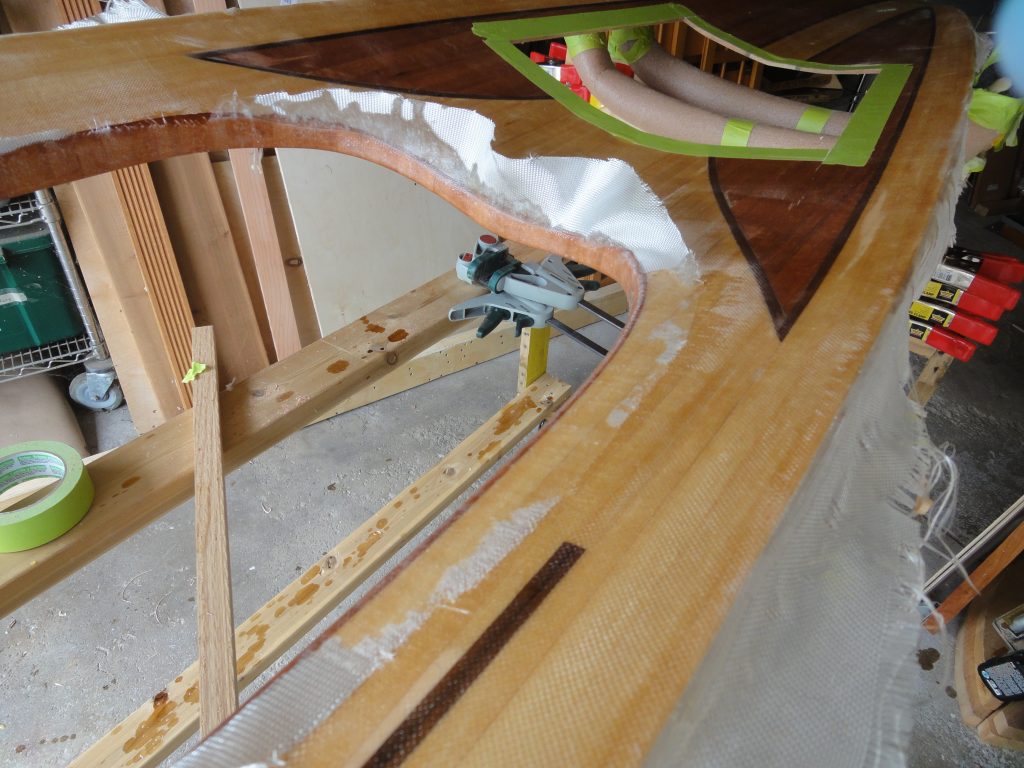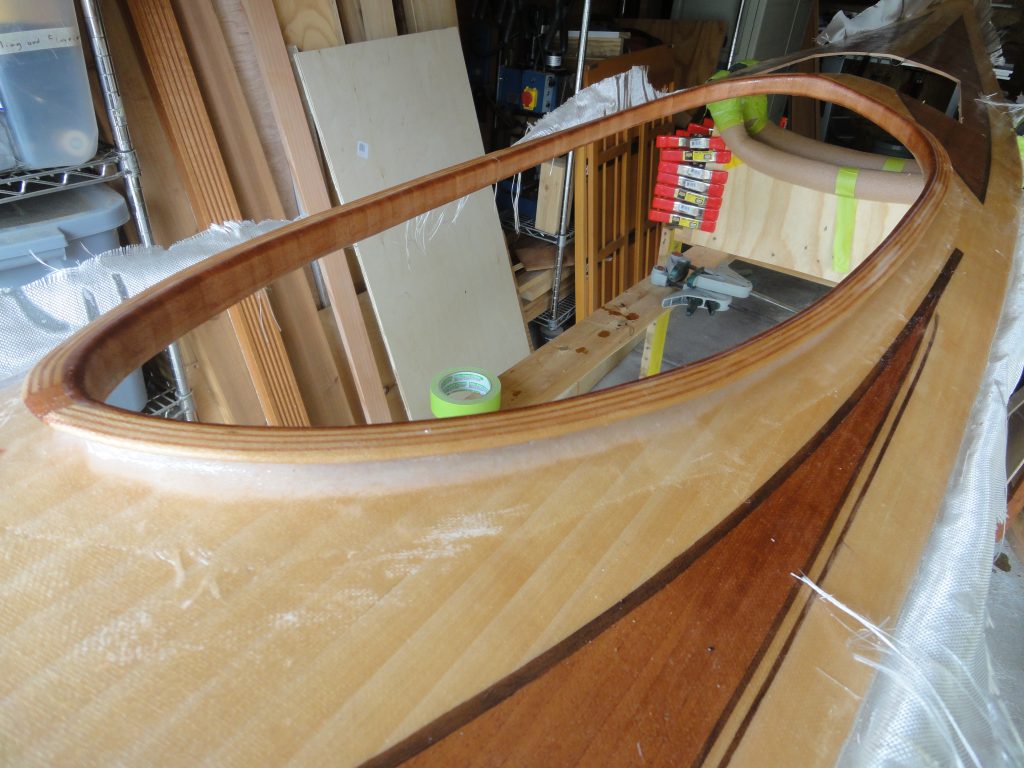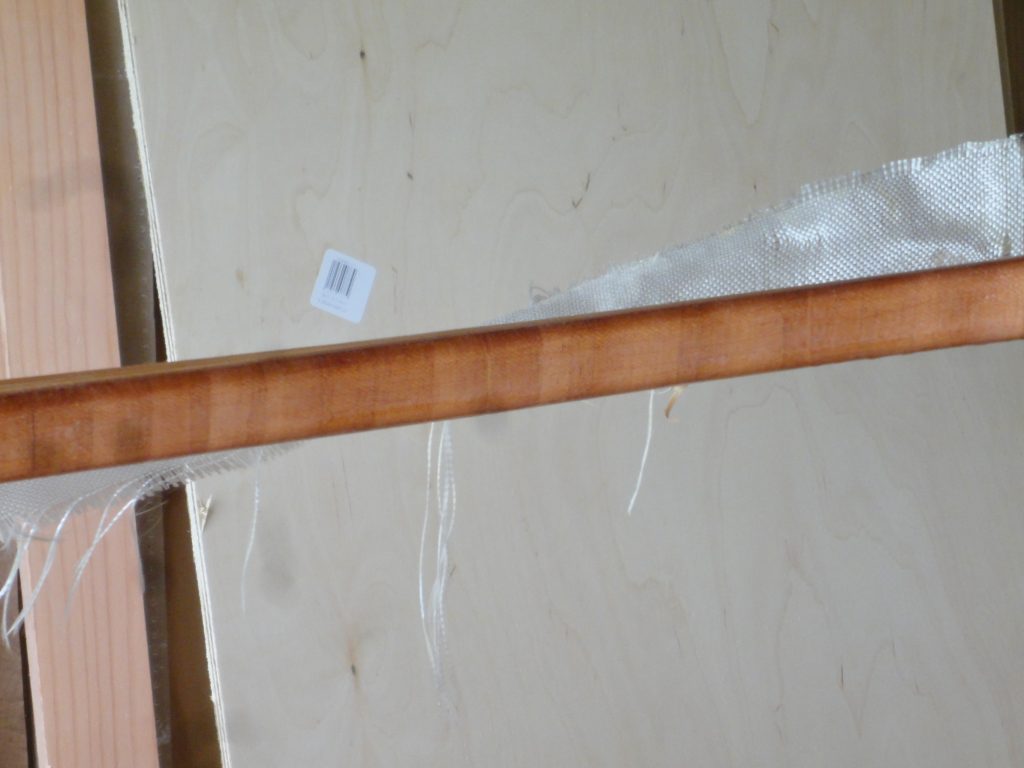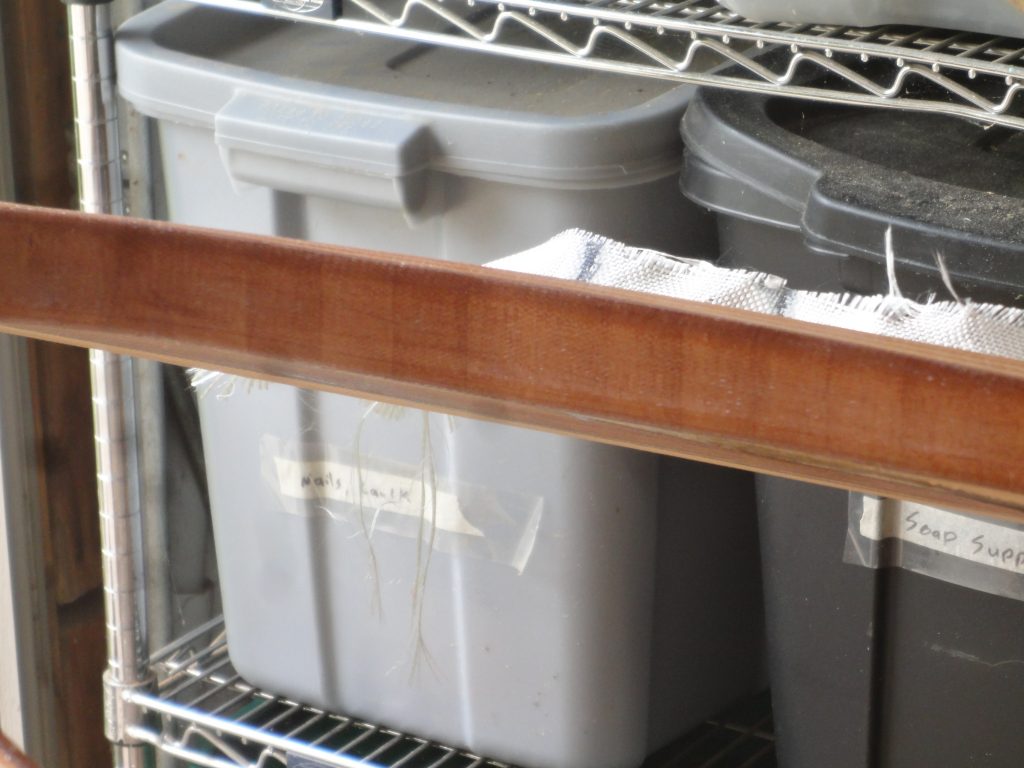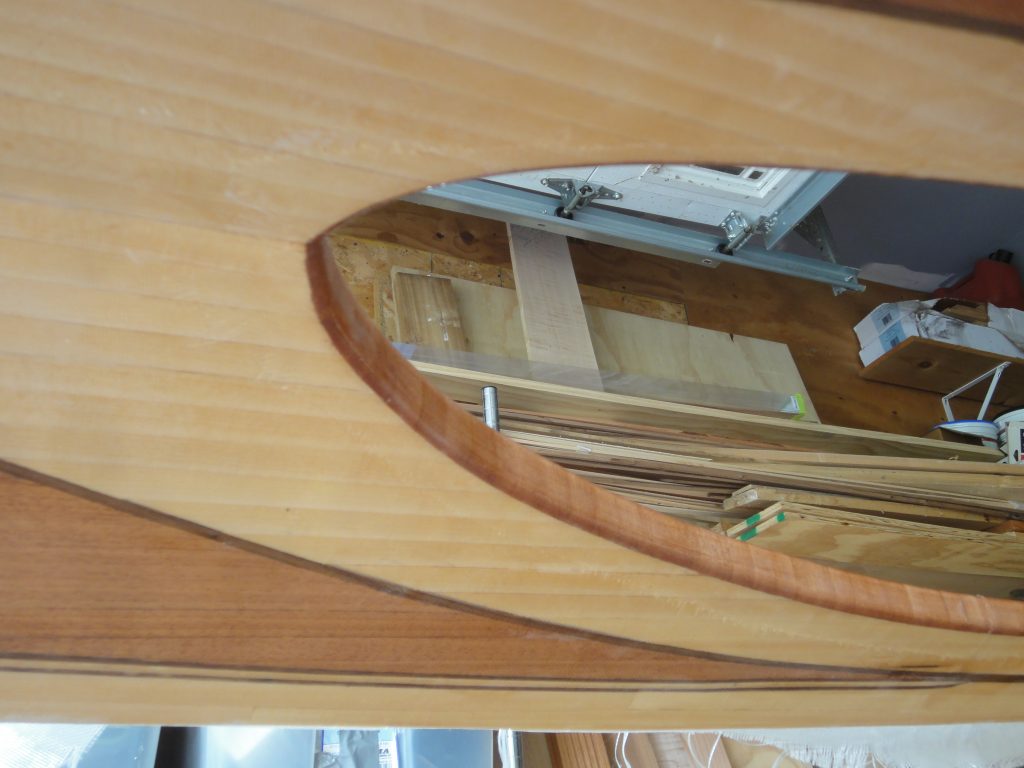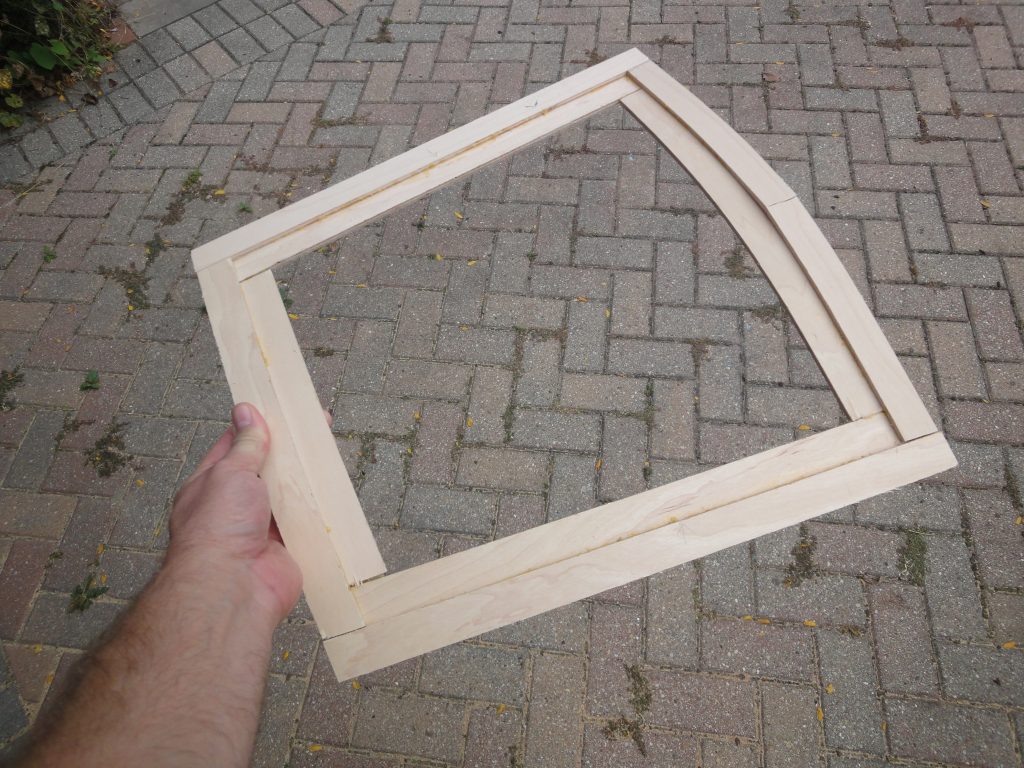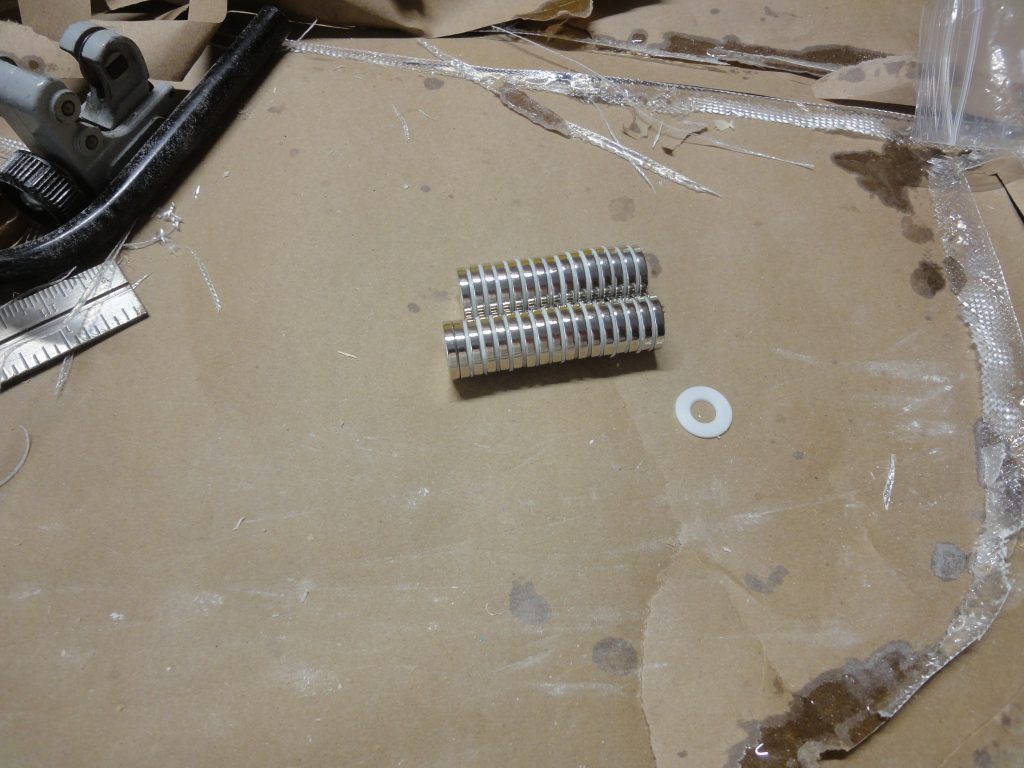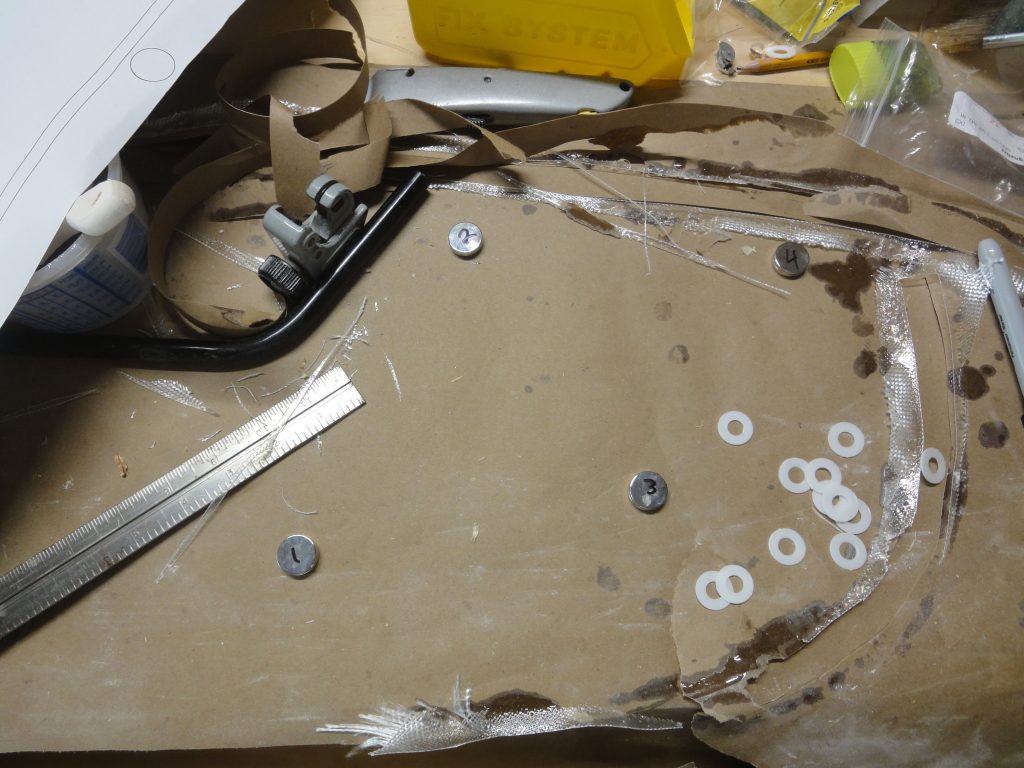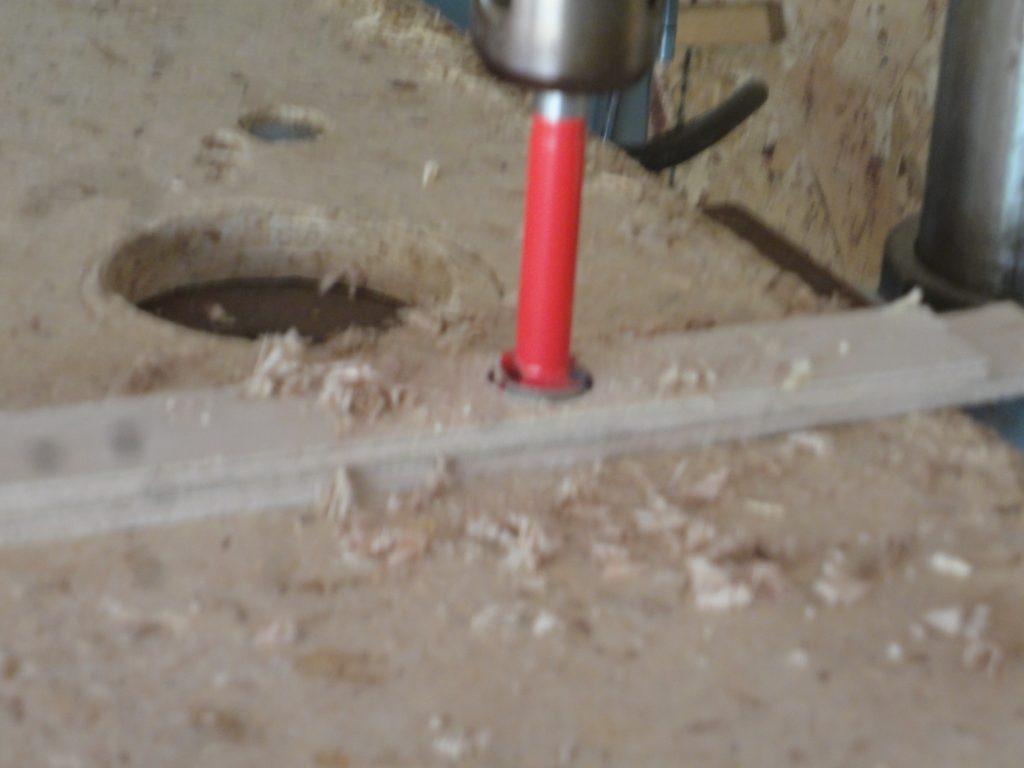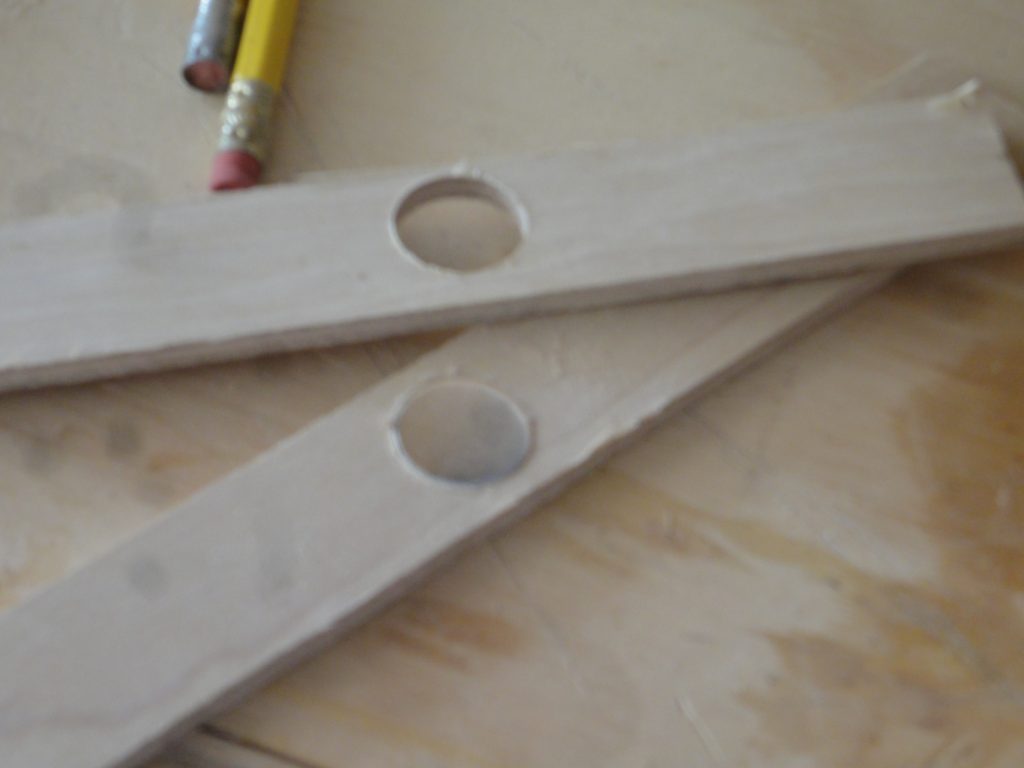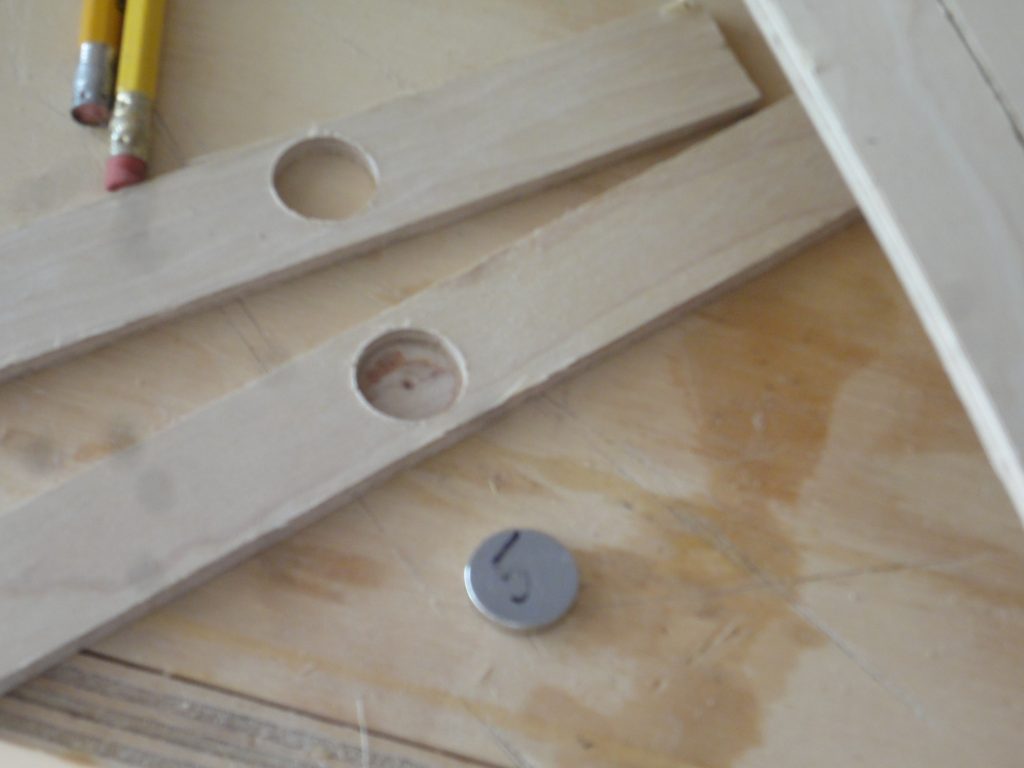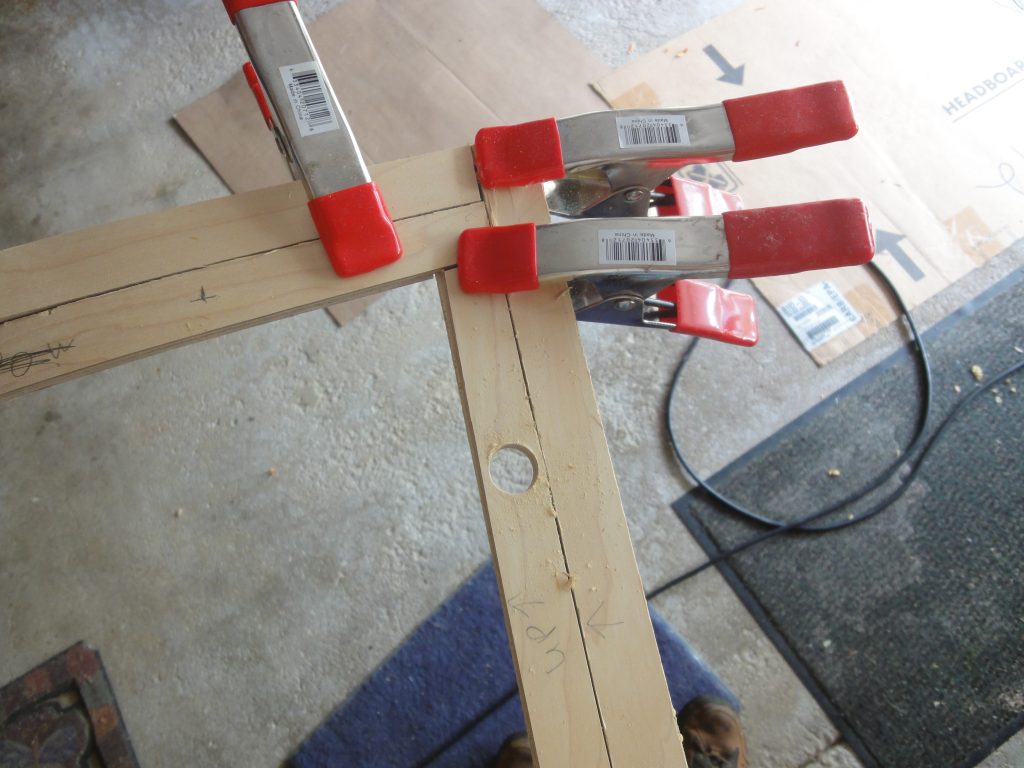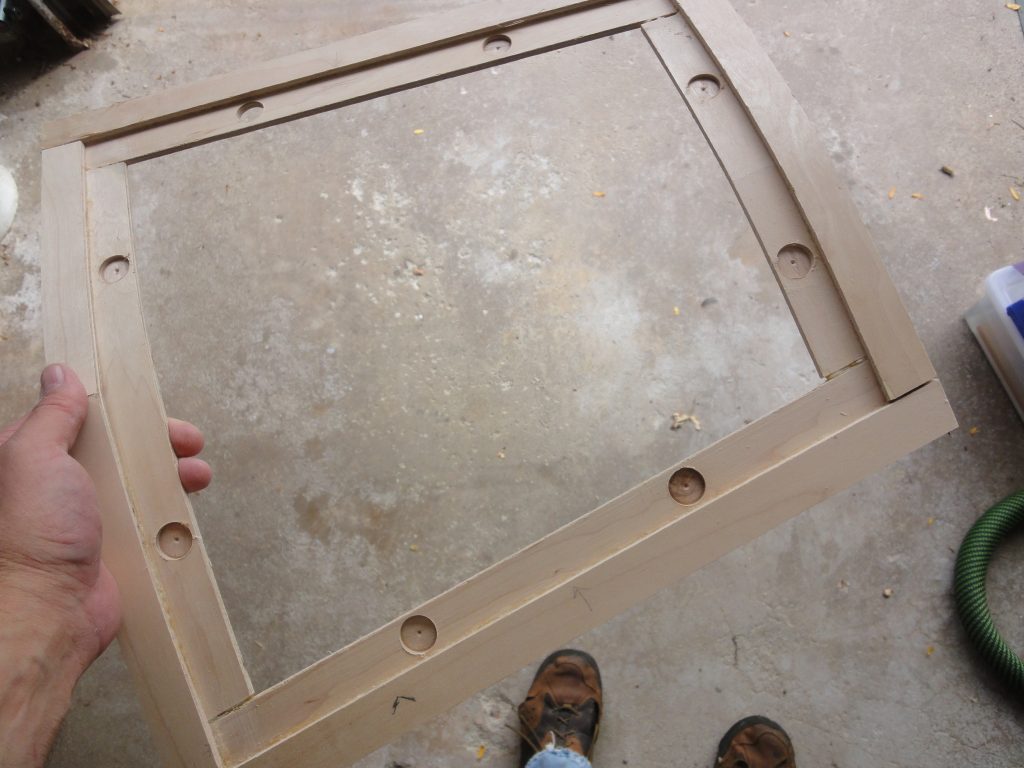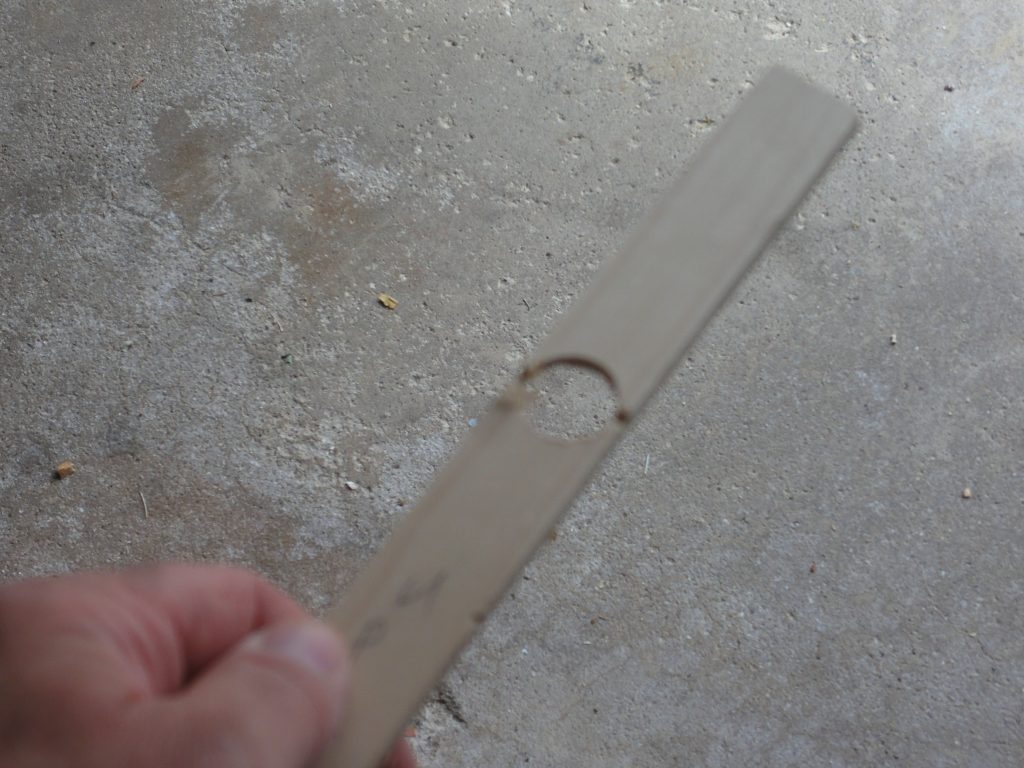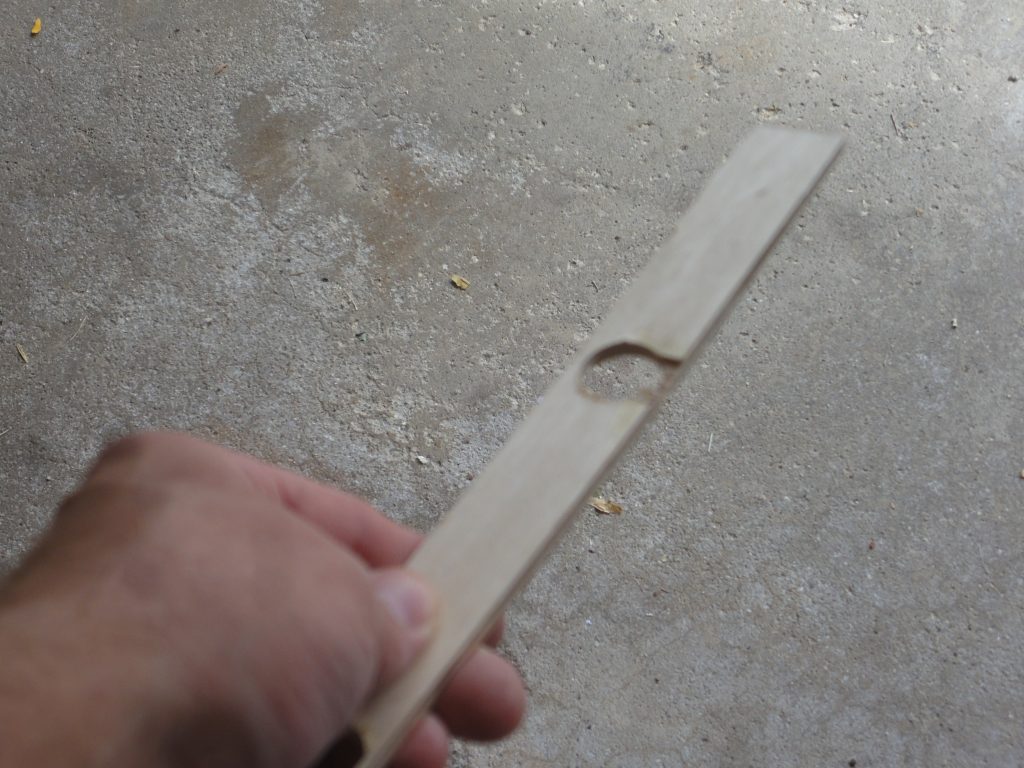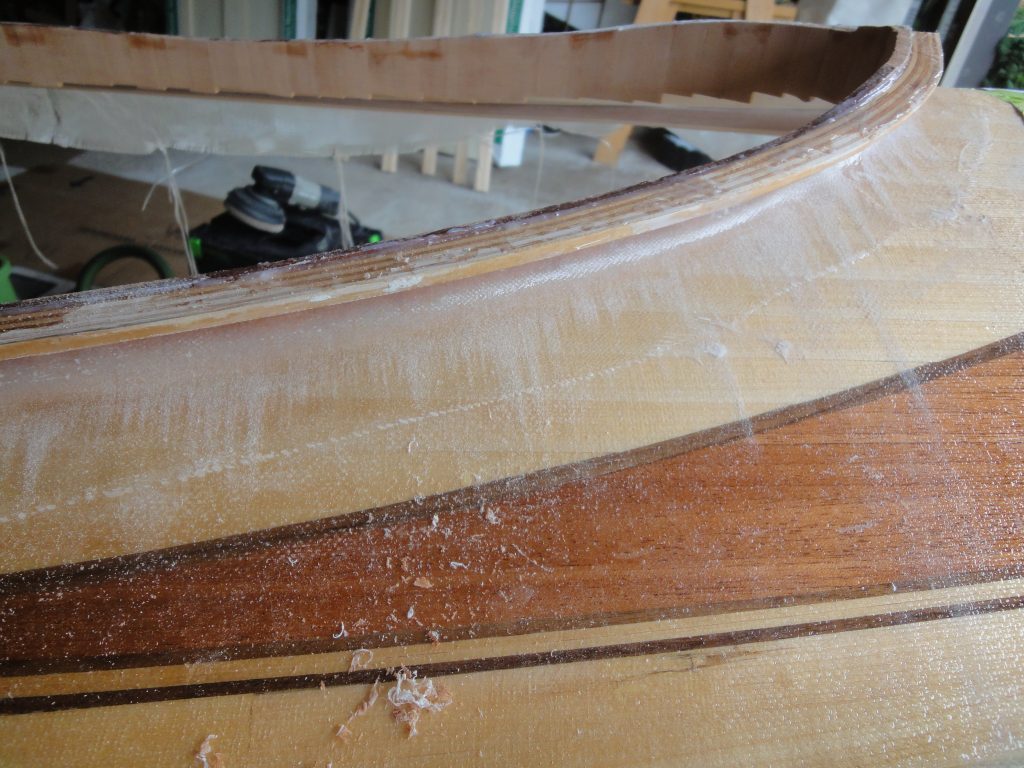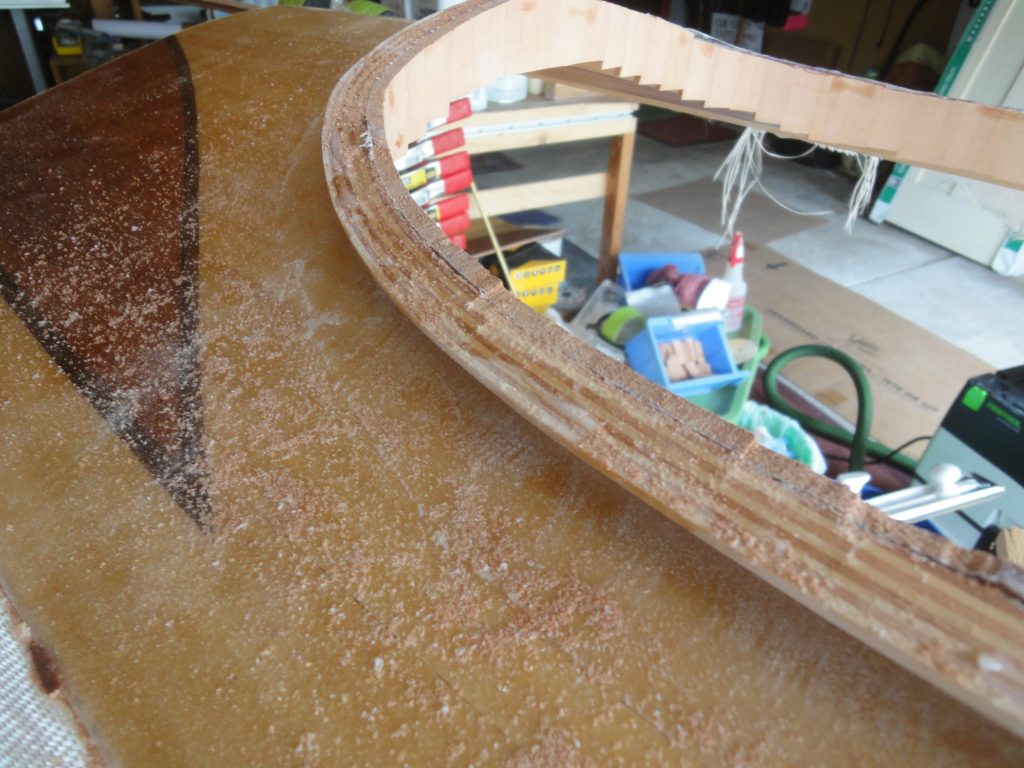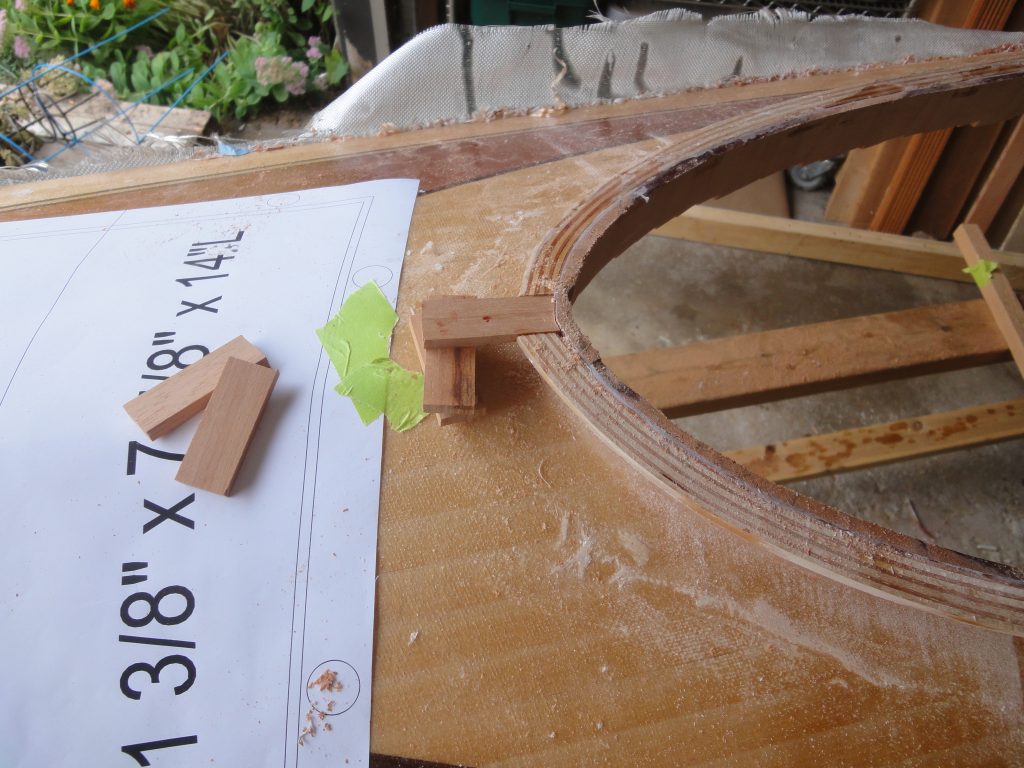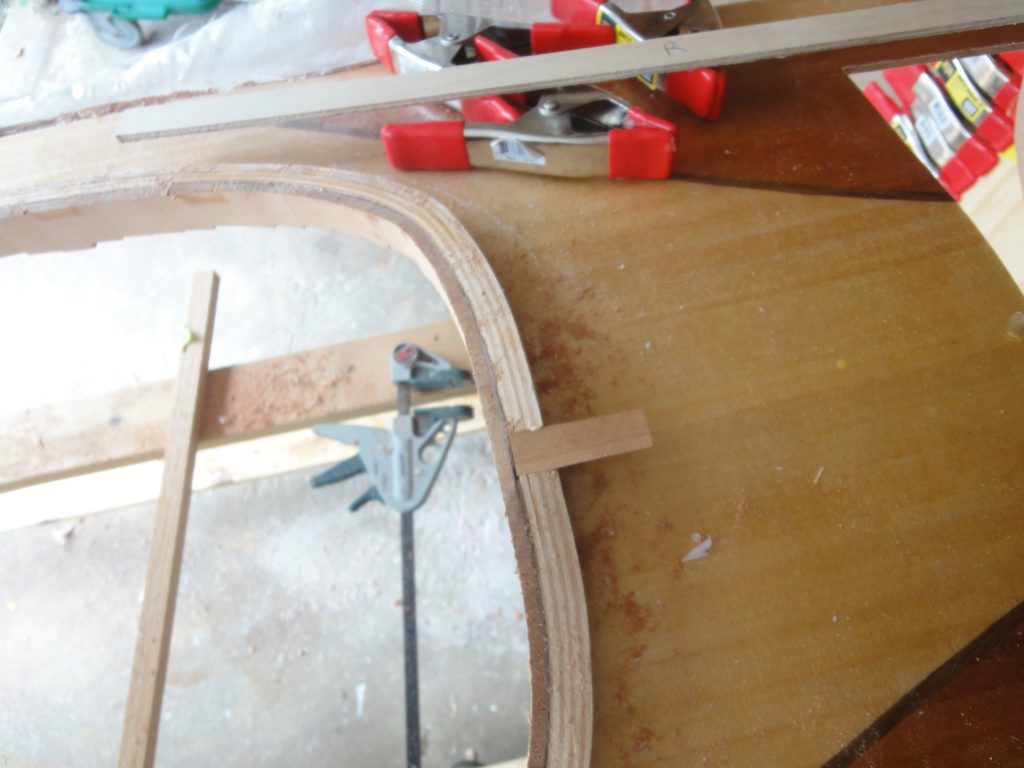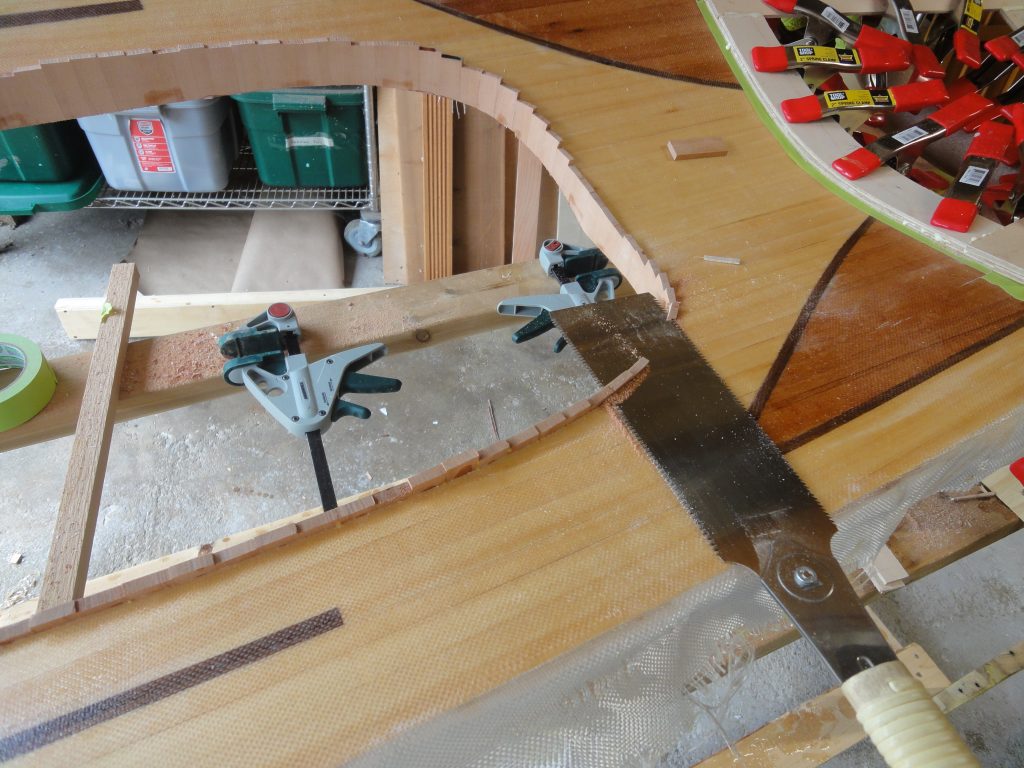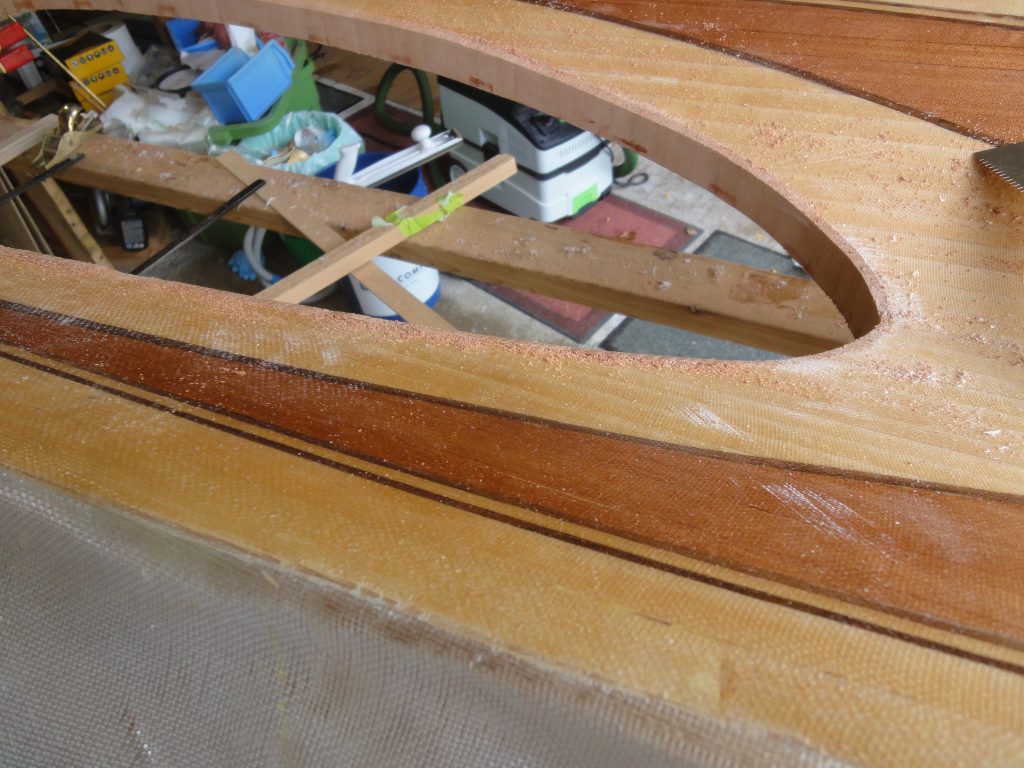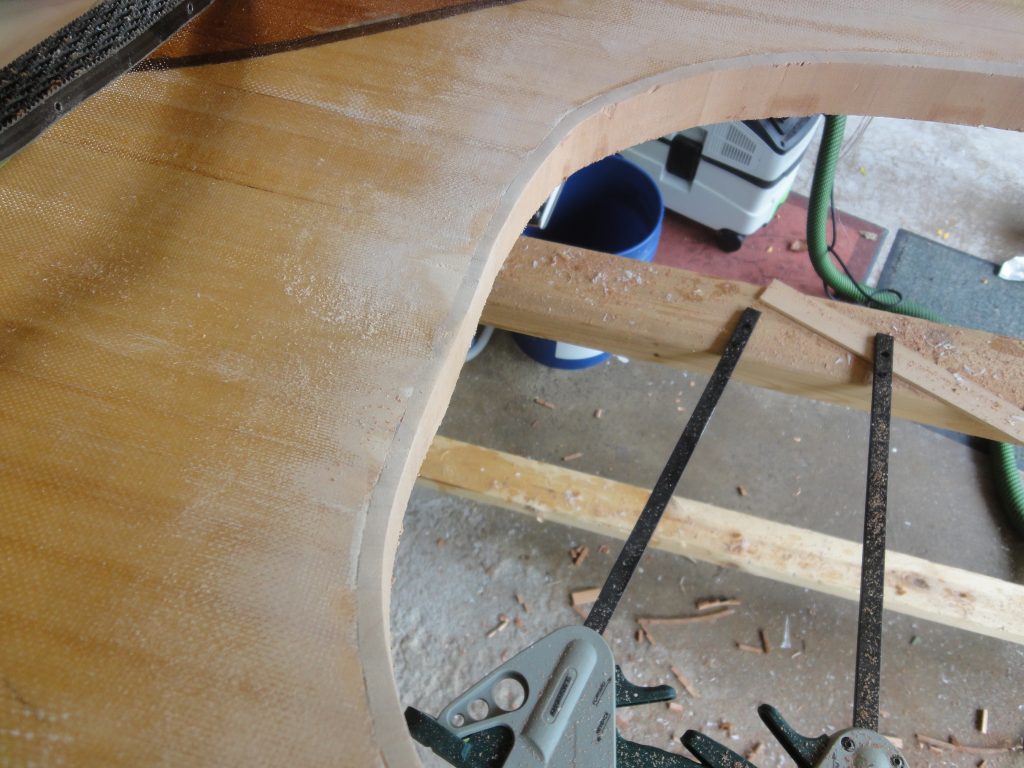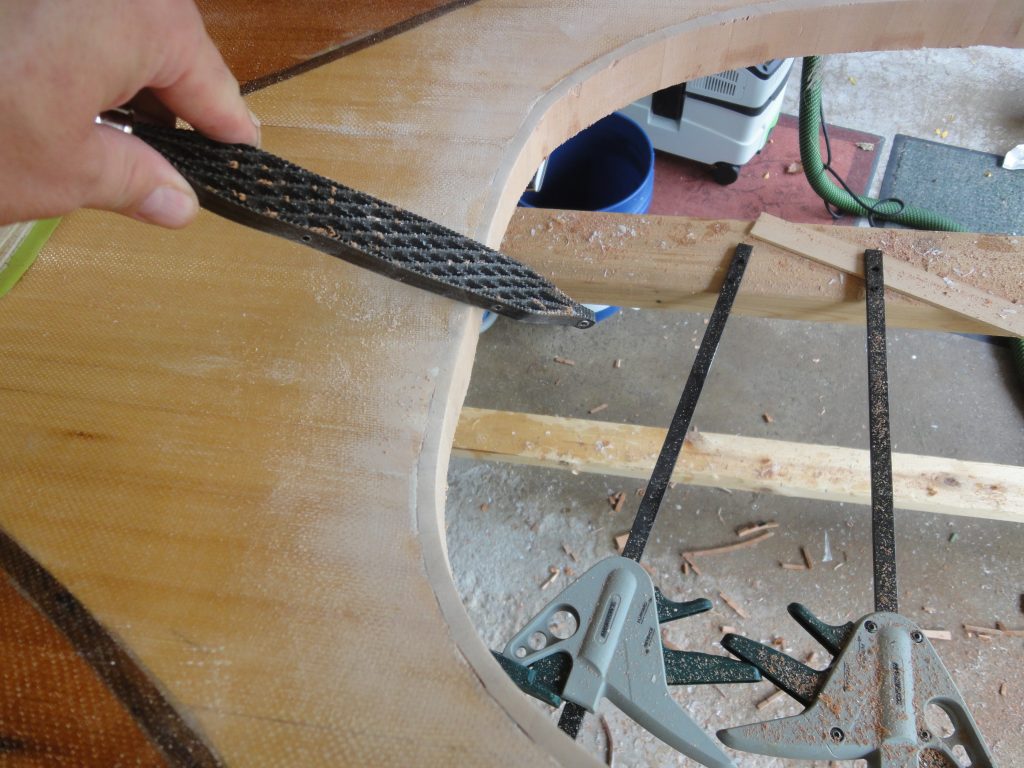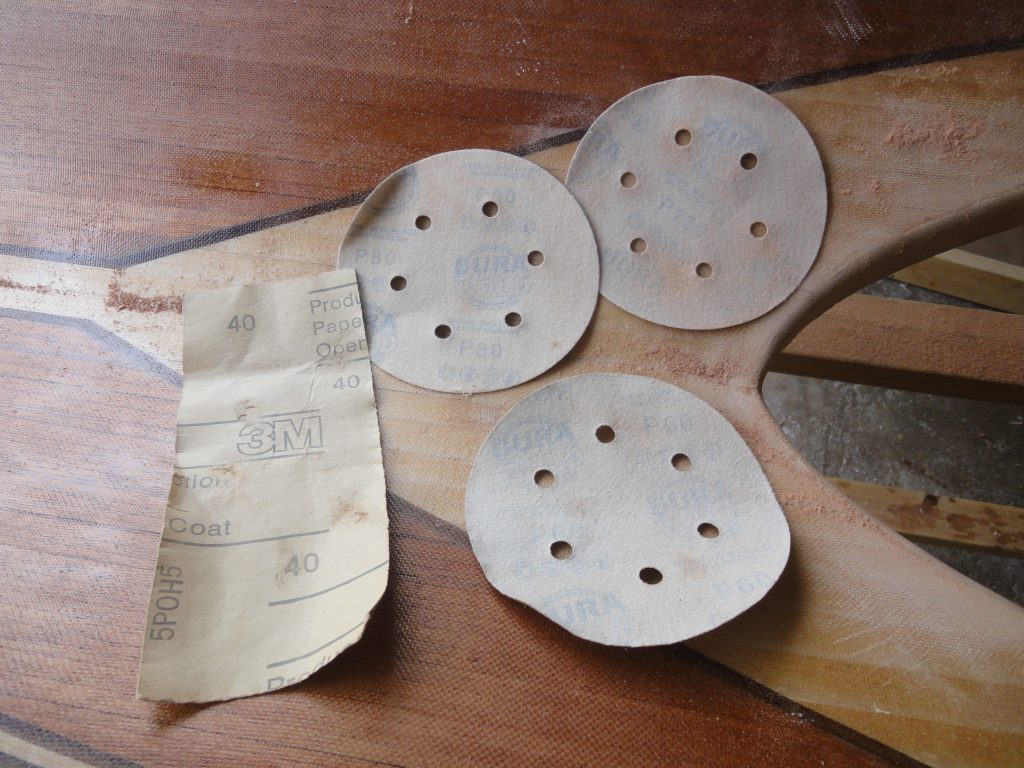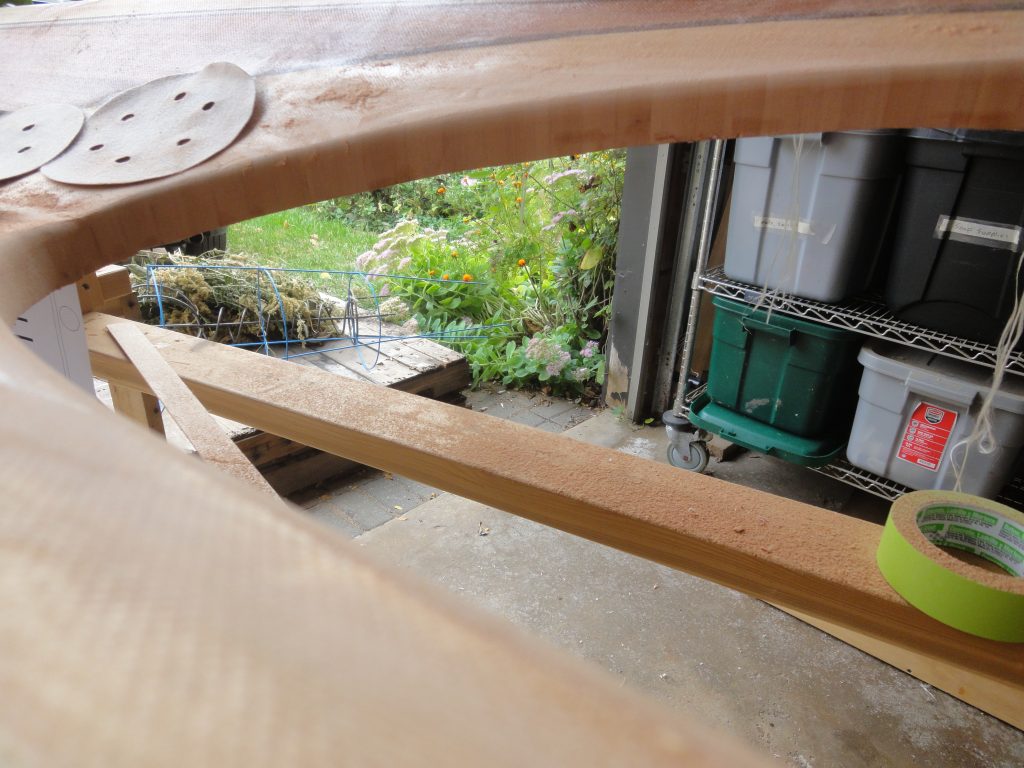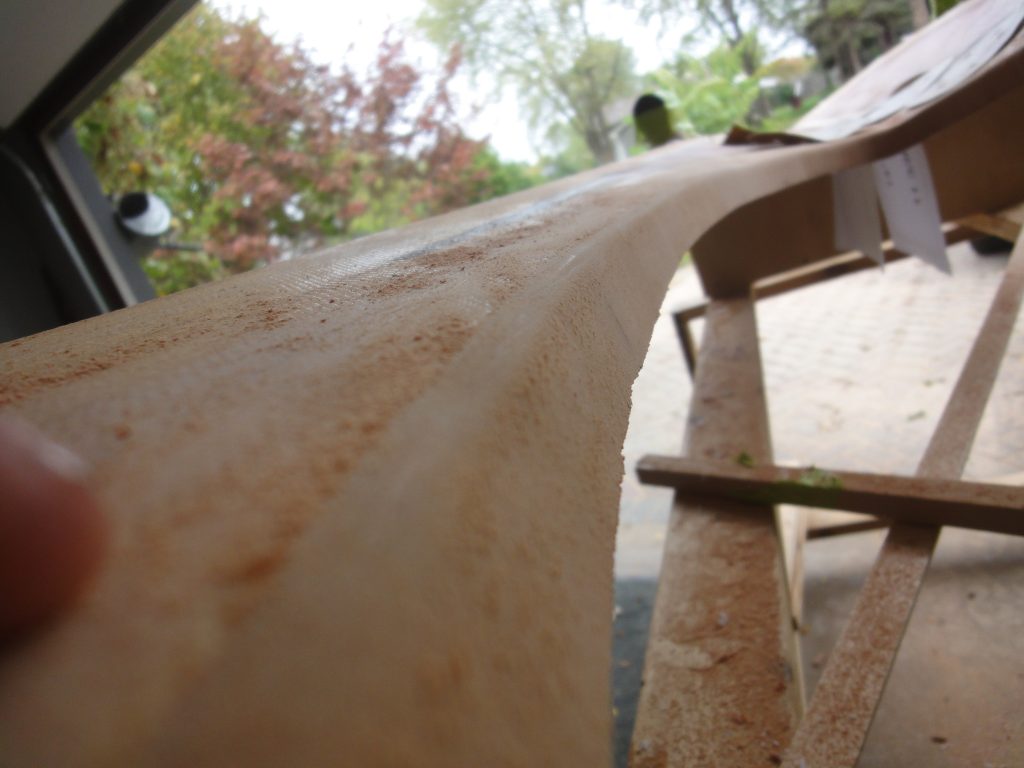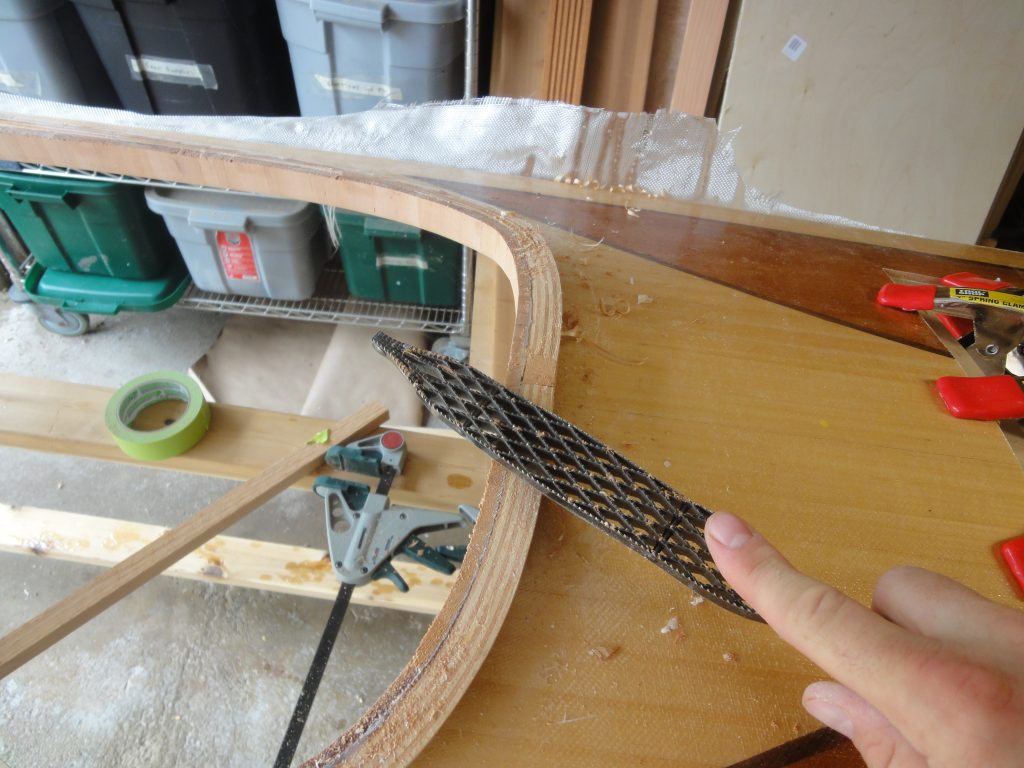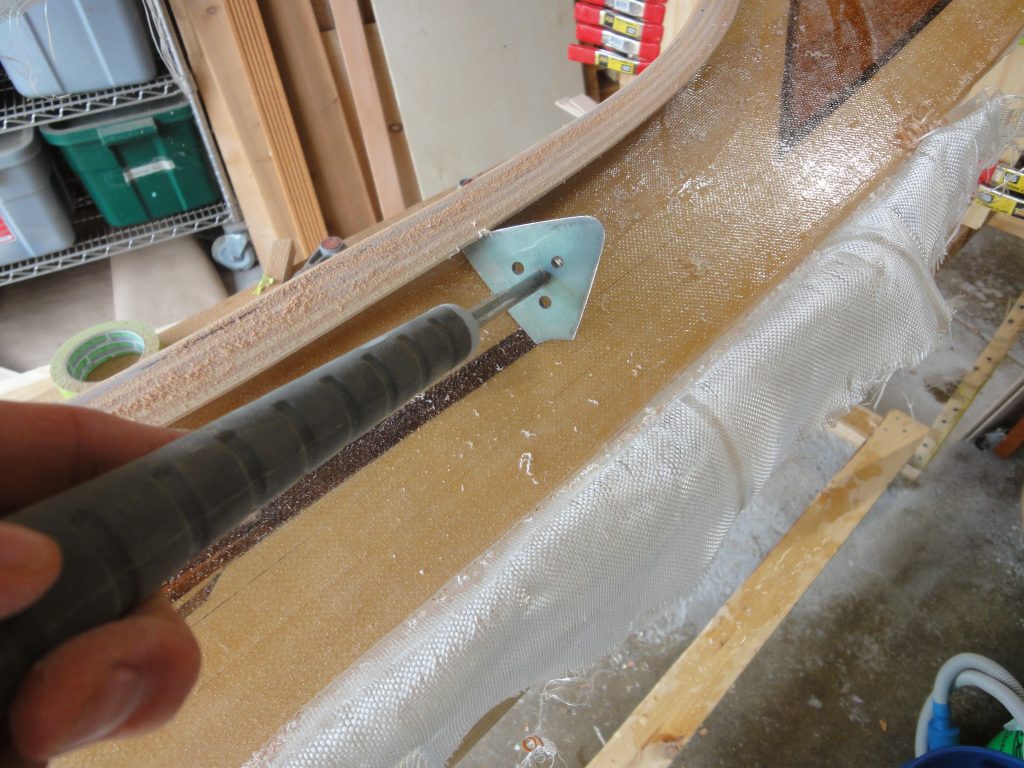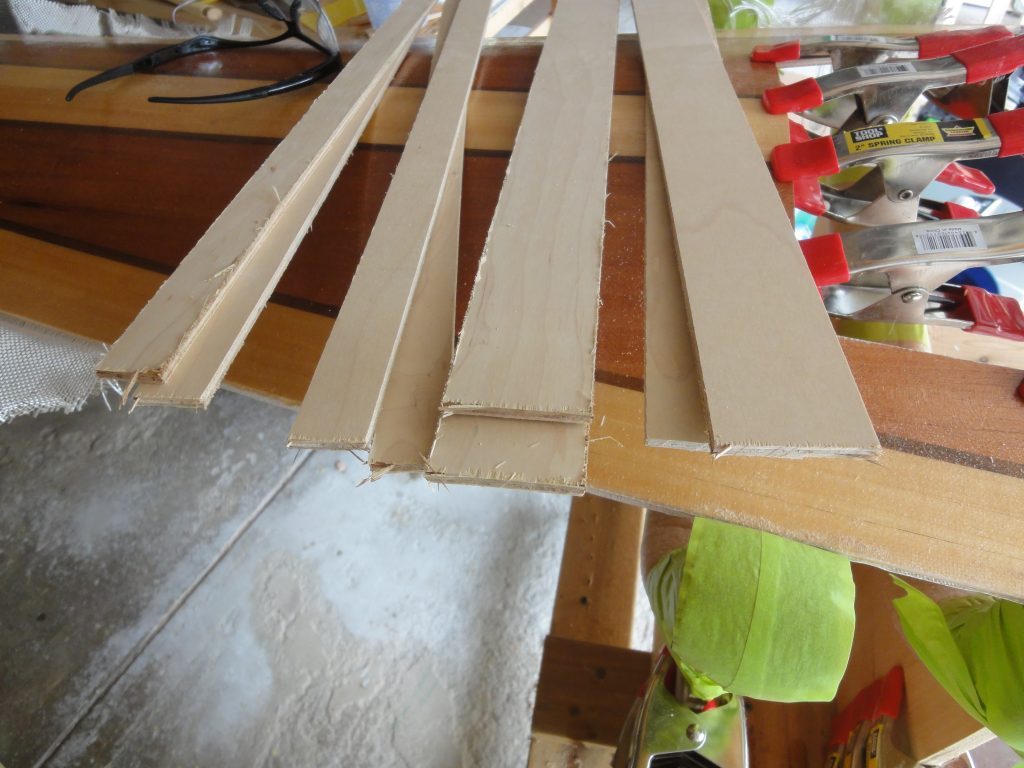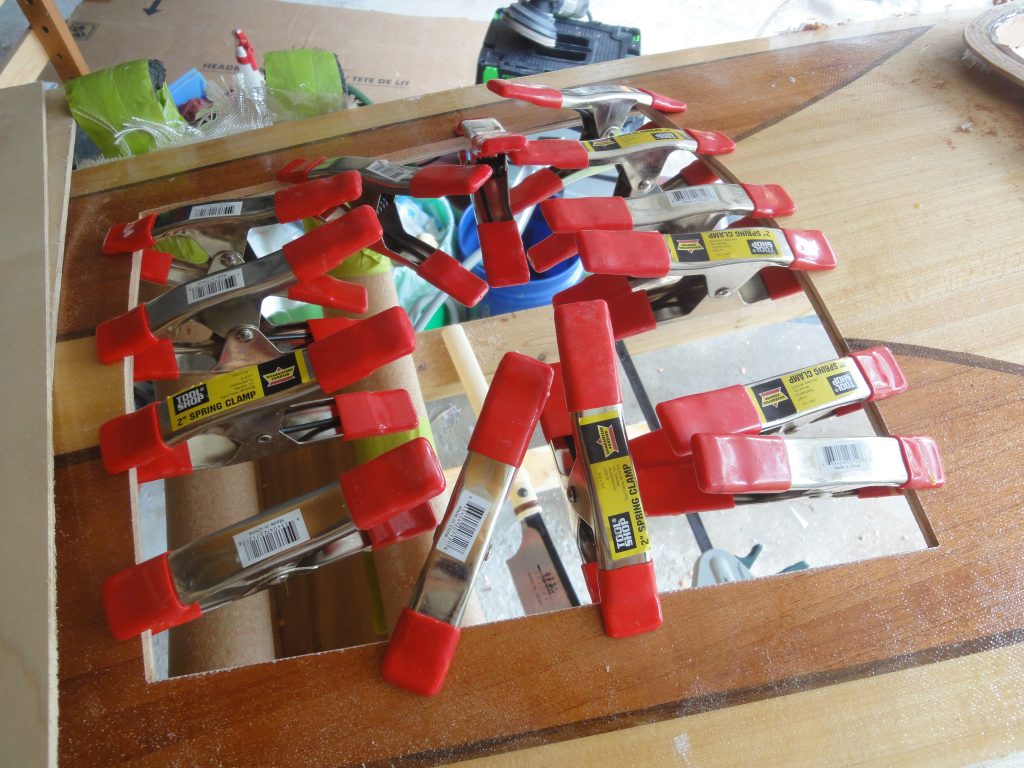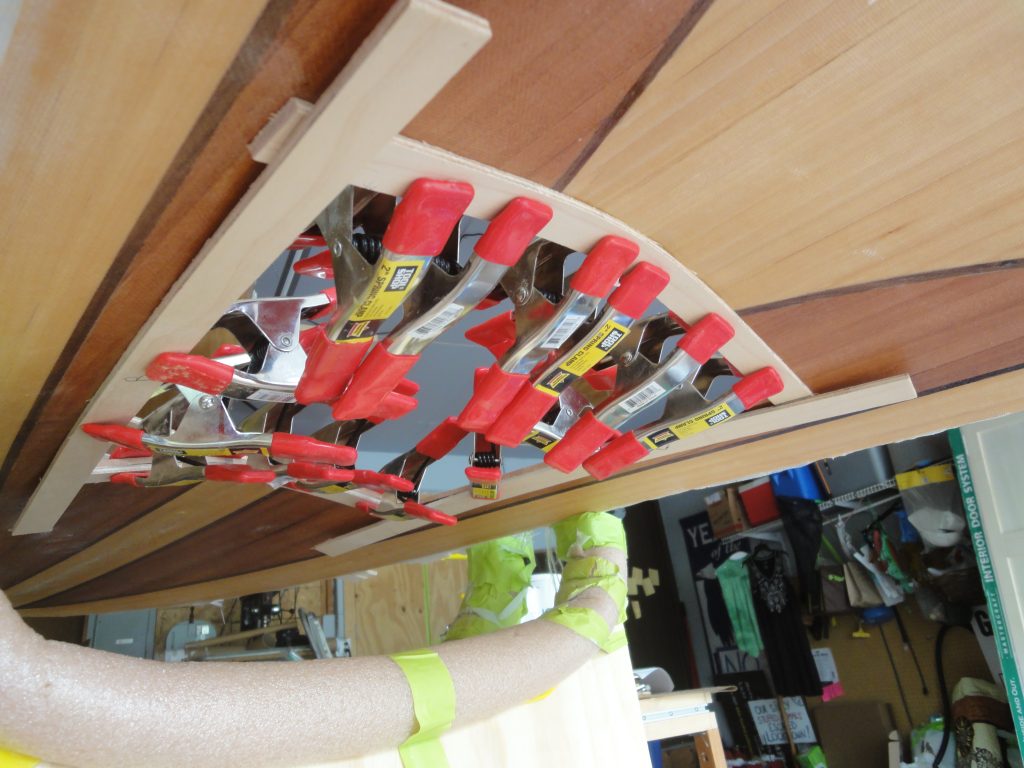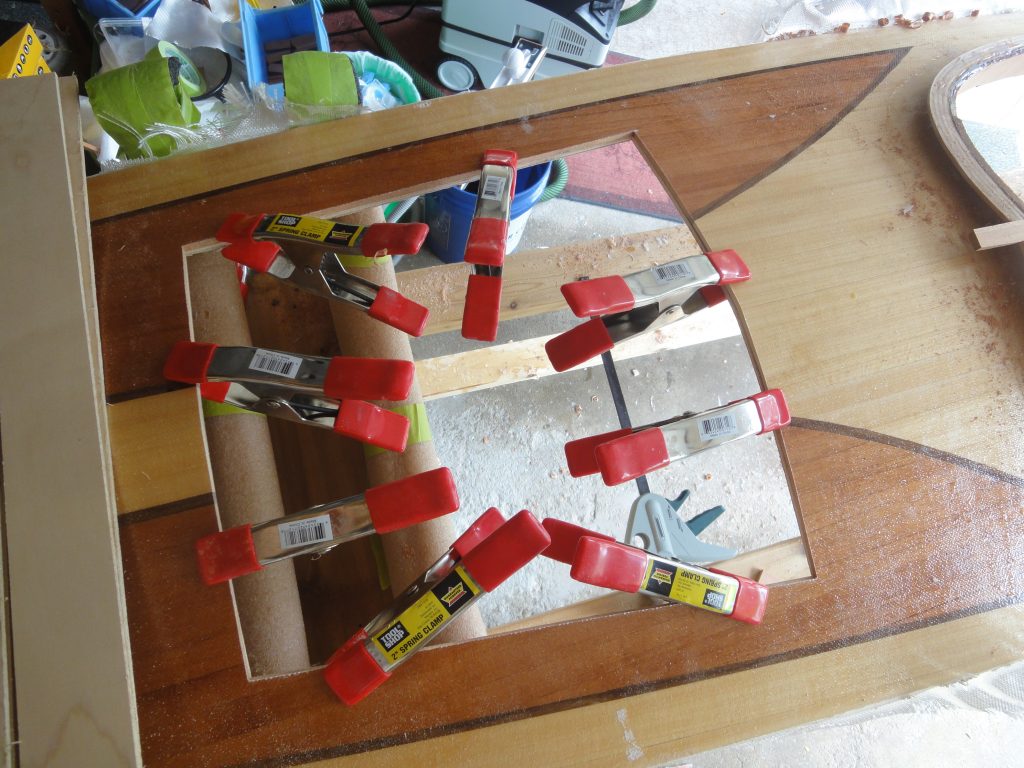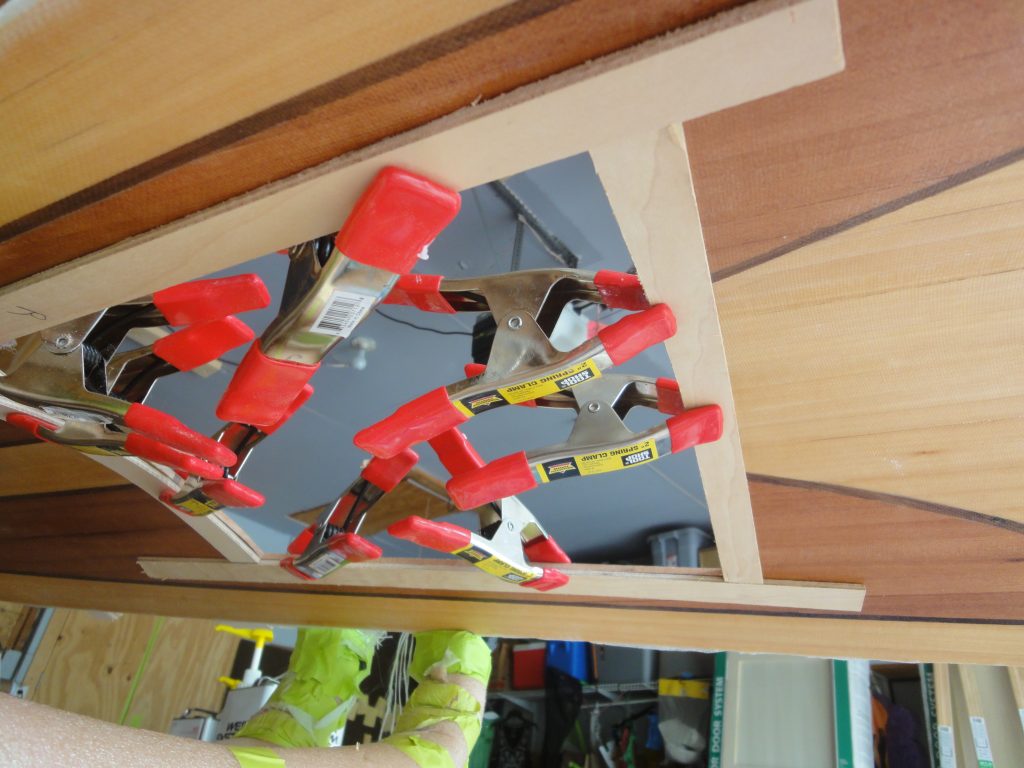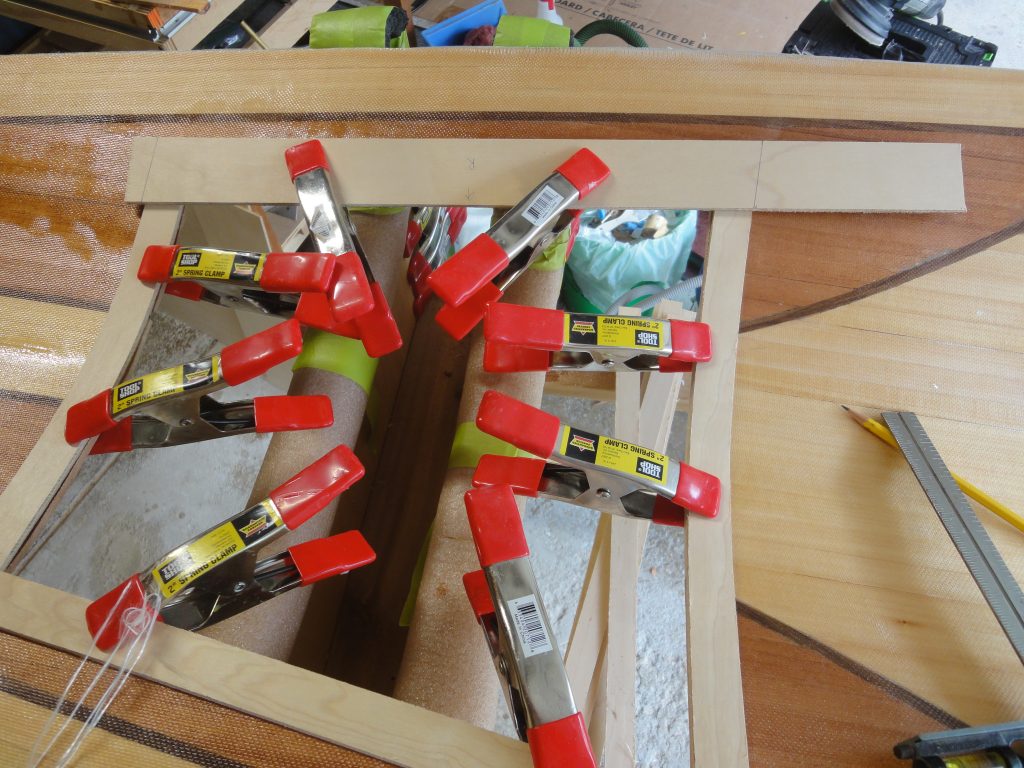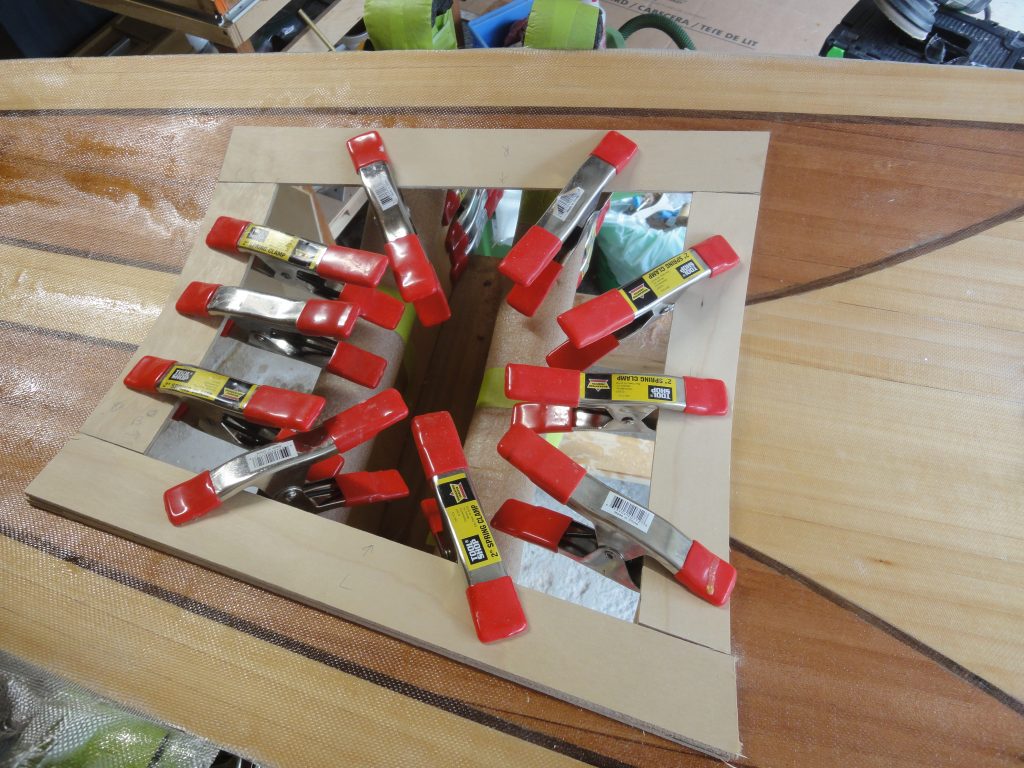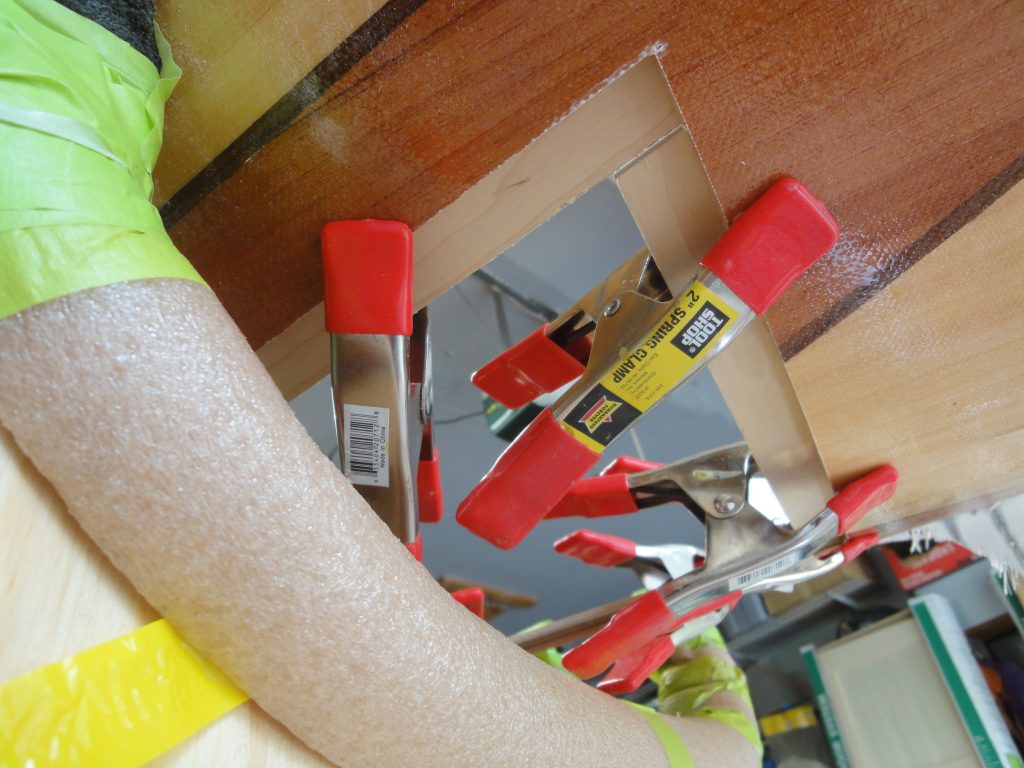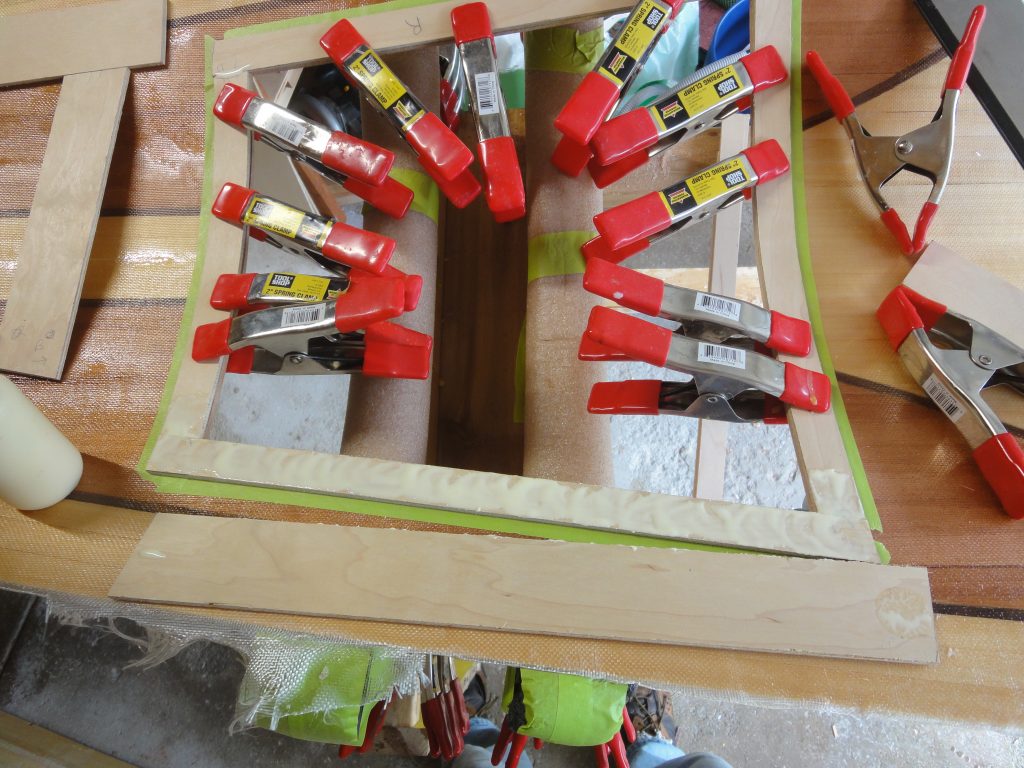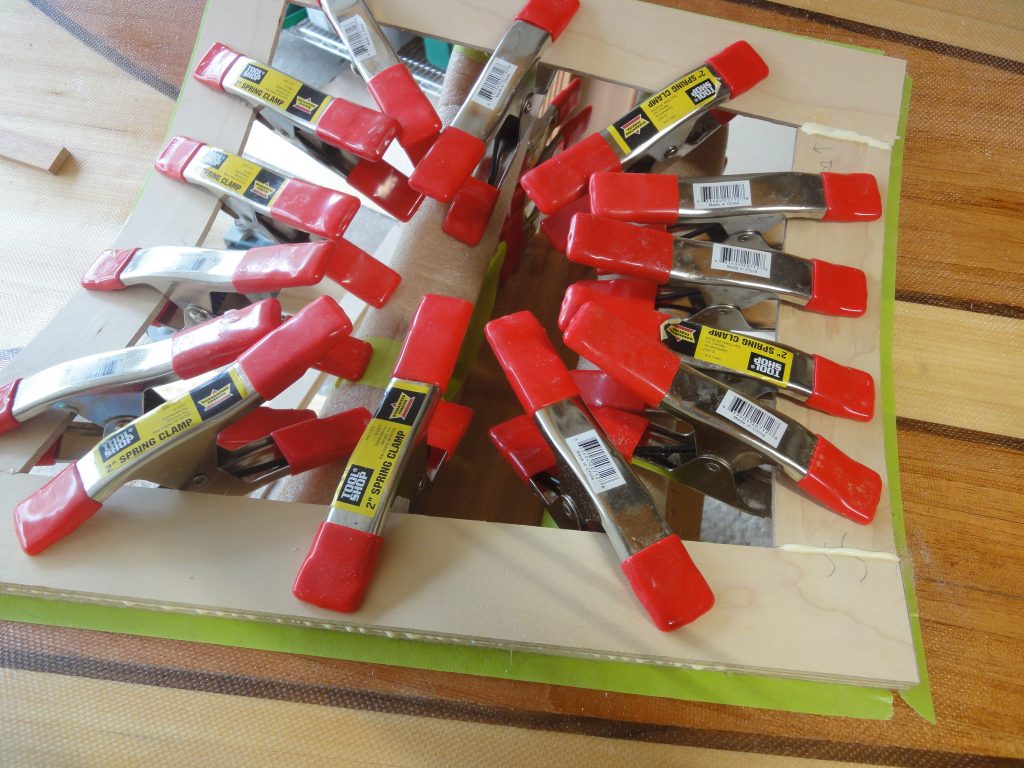The weather has stopped cooperating and while I might get a day or two yet that are decent enough to head out to the (unheated) garage I figure it’s probably best to just put everything away and spend the last guaranteed nice day cleaning up. It will be good to get my car back in the garage again especially since I already had to scrape frost off the windows once so far in the past week.
For my last session, before cleaning up, I did a thorough sanding with the random orbit around the cockpit blending the rim fiberglass/epoxy into the deck so there was no longer a bump or a ridge. No pics as it was just sanding.
I also looked over the magnetic hatch and it’s working really well but even after a lot of sanding of the lip and a bit of the hatch itself to take down the fiberglass high spots, it still sits proud of the deck. The pics make it look worse than it is, at most there’s about an 1/8th inch sticking up. I’ll have to decide how to address this in the spring. Perhaps leave as is or more likely sand the hatch to blend it into the deck and then re-fiberglass the area where I had to sand it down.
So I set the hull in the driveway, put the top on that and finally got a pic of (almost) what the finished kayak will look like. I sat in it and tested the leg room, entry/exit and overall feel and I’ve very pleased with the elongated cockpit. It was definitely, for me, the right call. I put tape where my heels are and where my toes would naturally lie (in preparation for the foot pegs) and then added a little bit and marked for the forward bulkhead. I tested and I will be able to reach it, but it won’t be anywhere near as easy as the rear so I’m going to have to give this serious thought over the winter if I want to do another deck hatch or still consider the bulkhead hatch I was leaning towards.
While I had it down I grabbed a scale and put it on there. Right now it’s coming in about 40 pounds. I figure with some sanding I’m going to take some of that current weight off, but with another coat (or two) of epoxy and then seat, foot pegs, end pours and varnishing it’s going to bulk out to hopefully no more than 50 pounds. That’s a number I can definitely live with, if I stay at/under it. especially for my first try.
With the gratuitous pics done I strapped it in and raised it up for a second winter. If all goes well next year I’ll have on the water by late spring.

